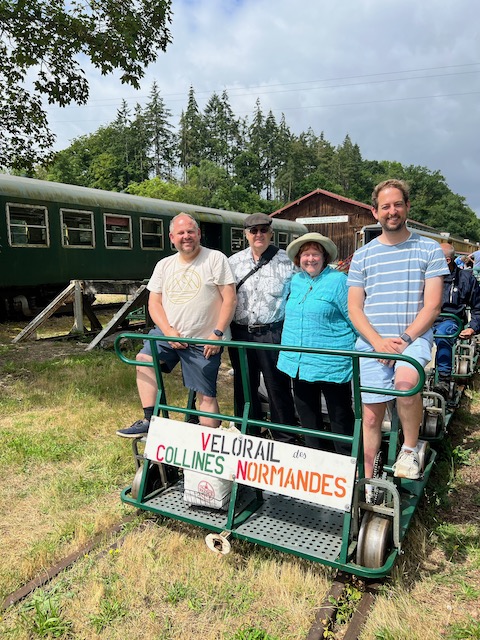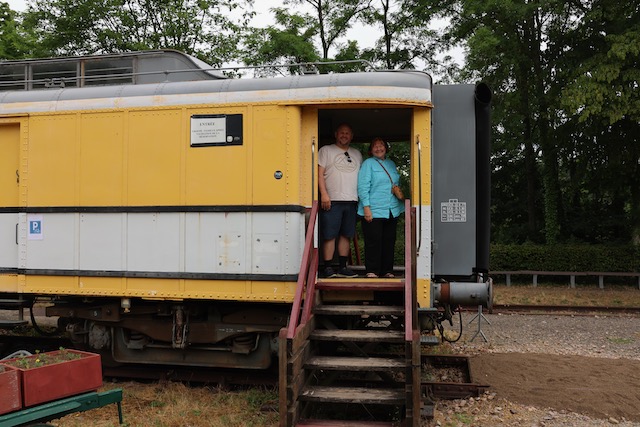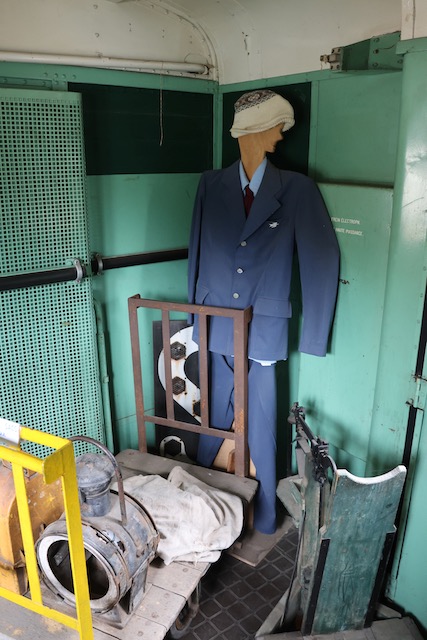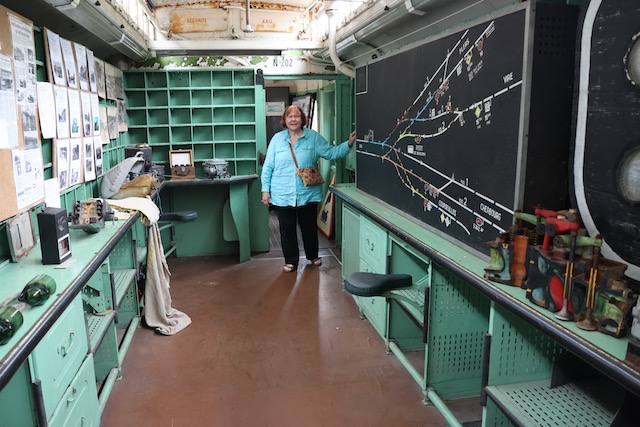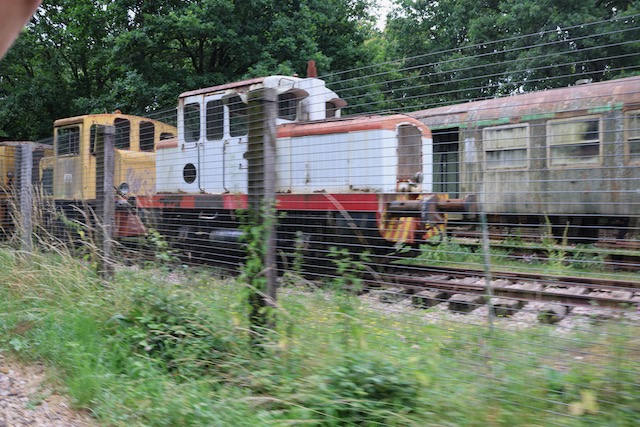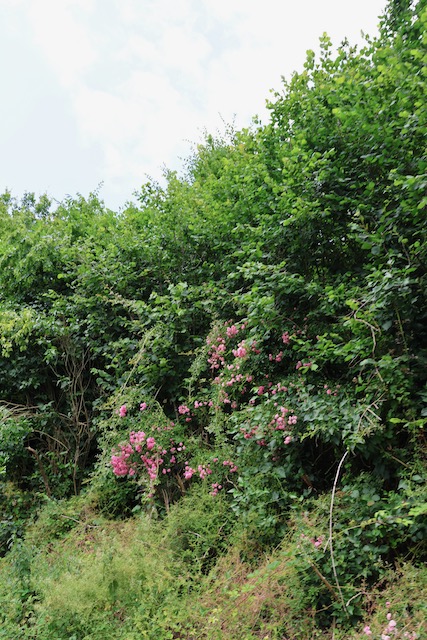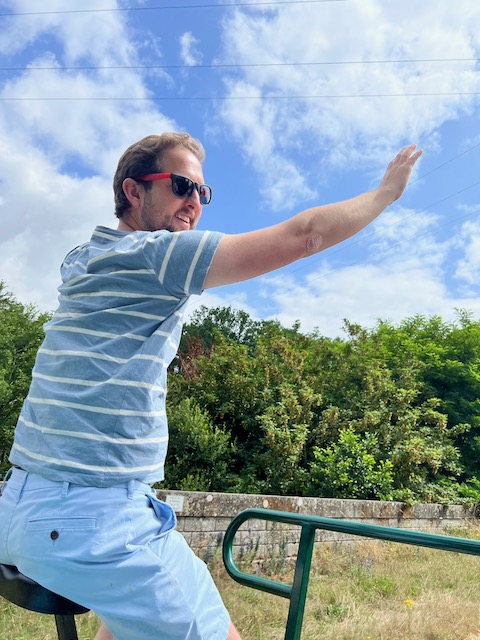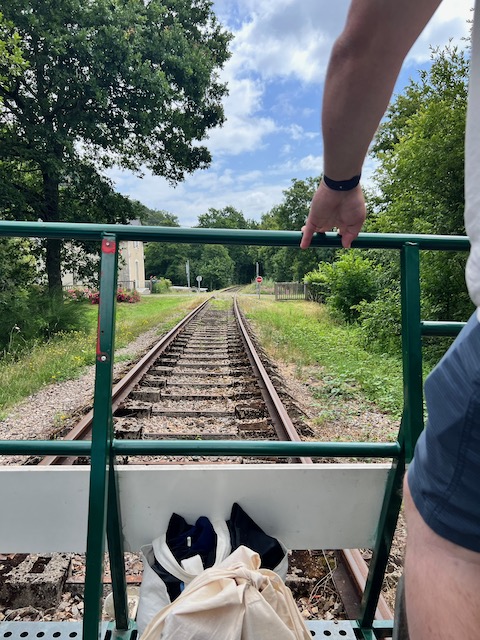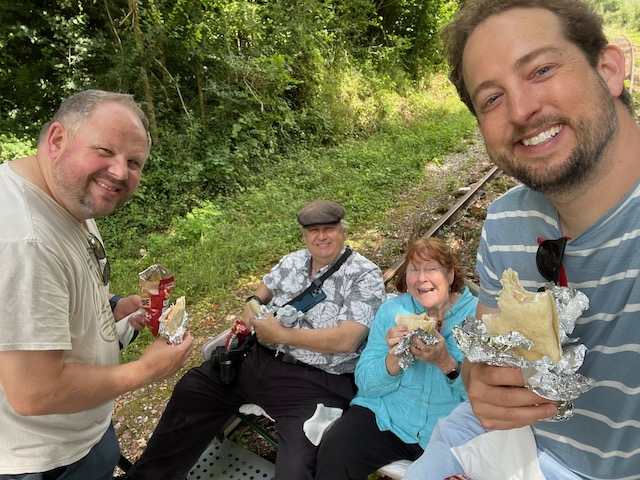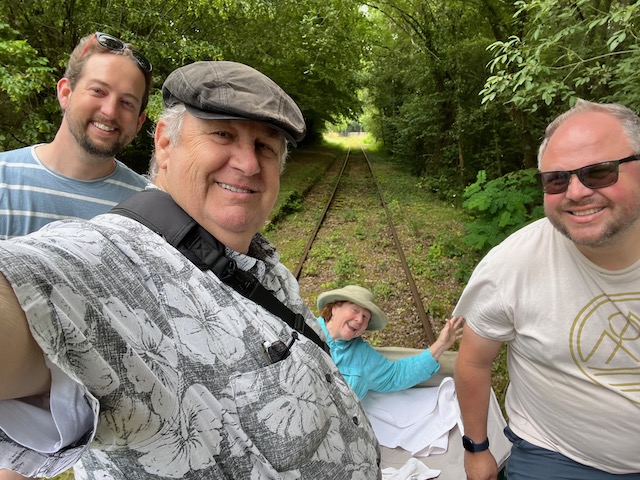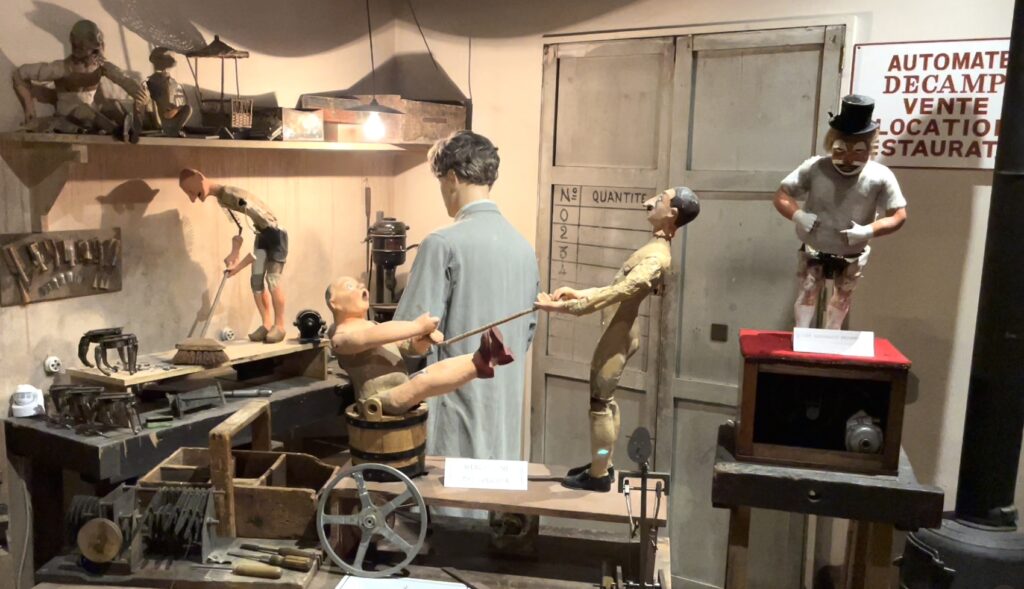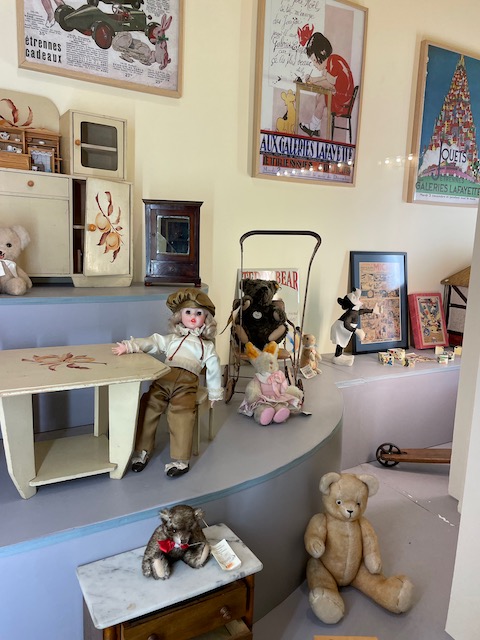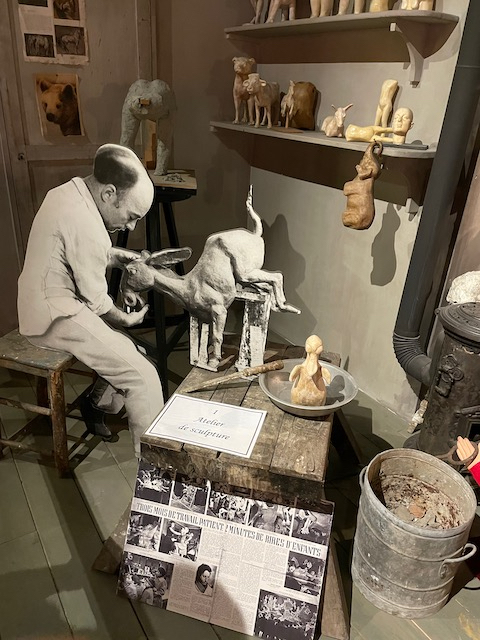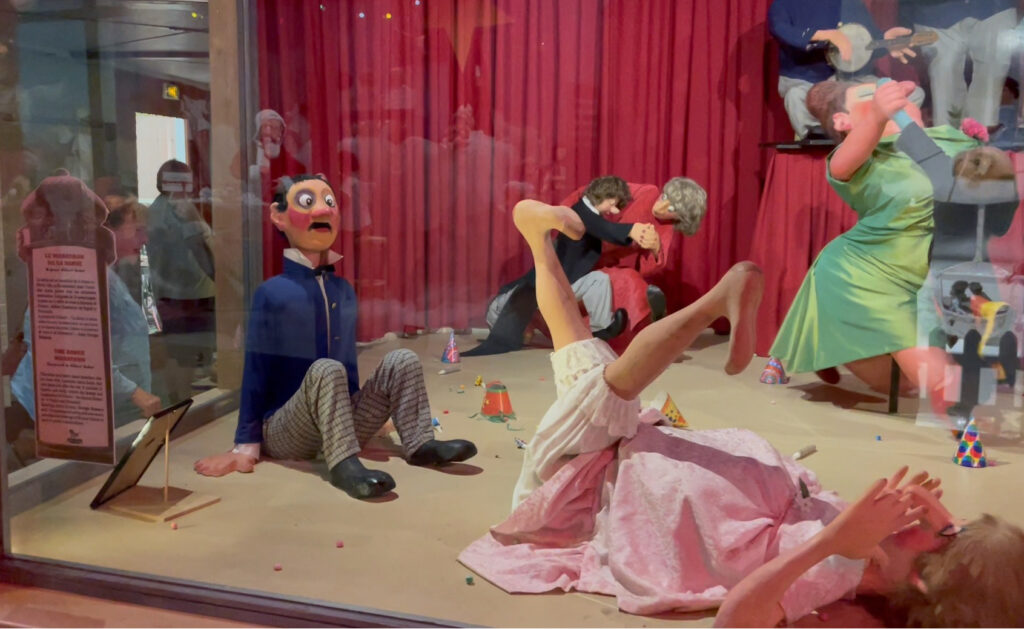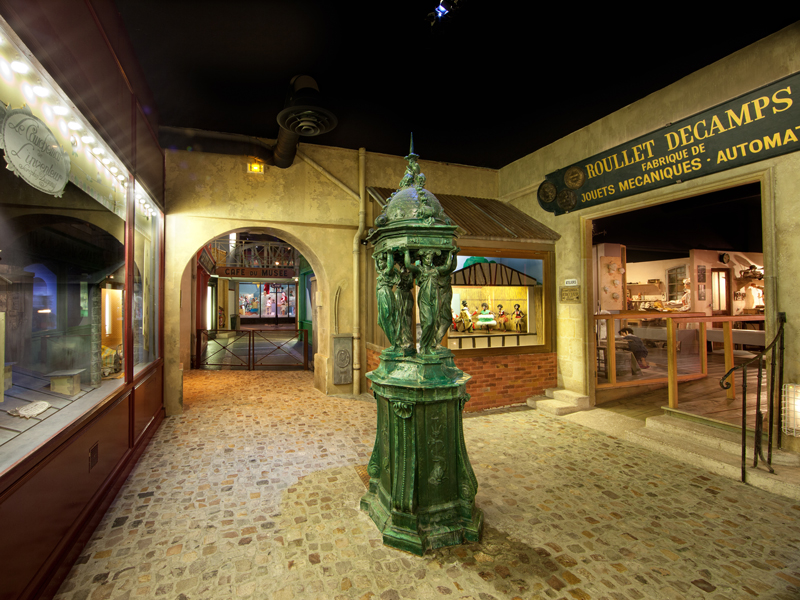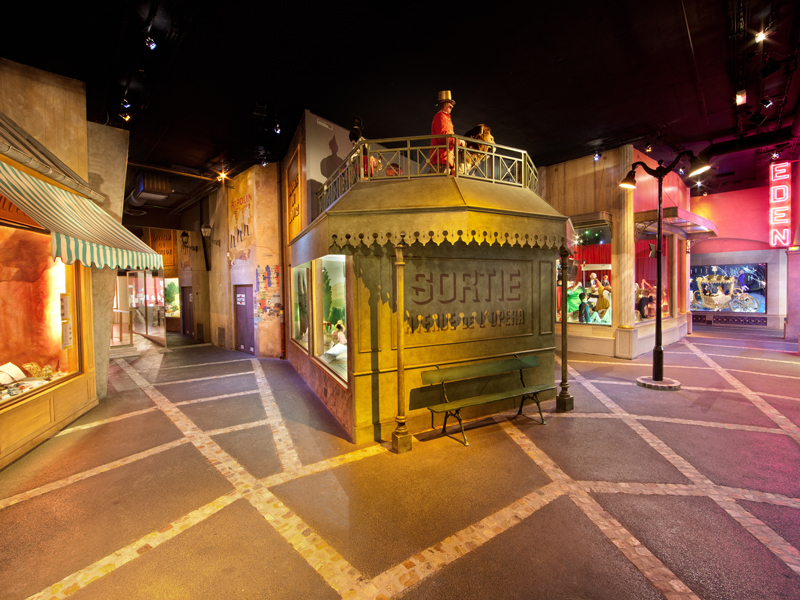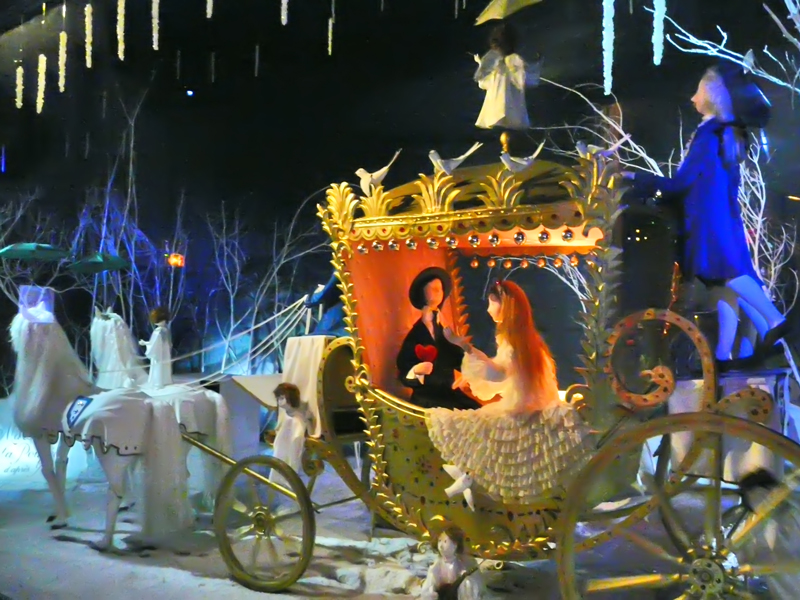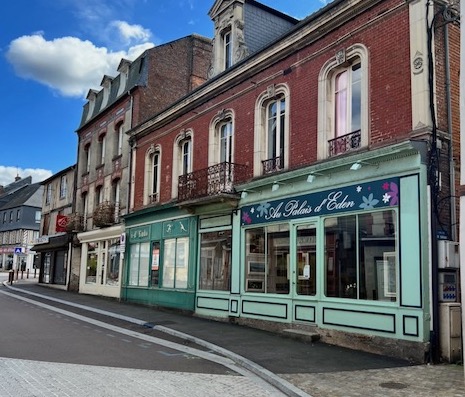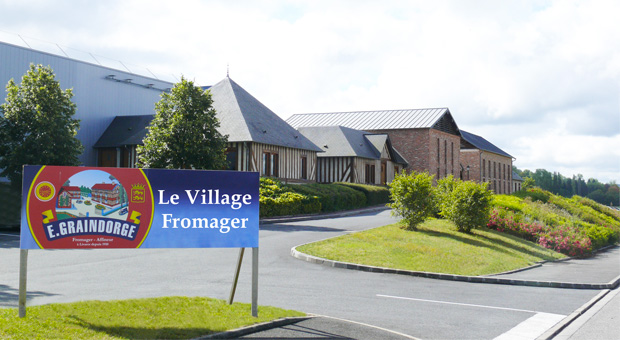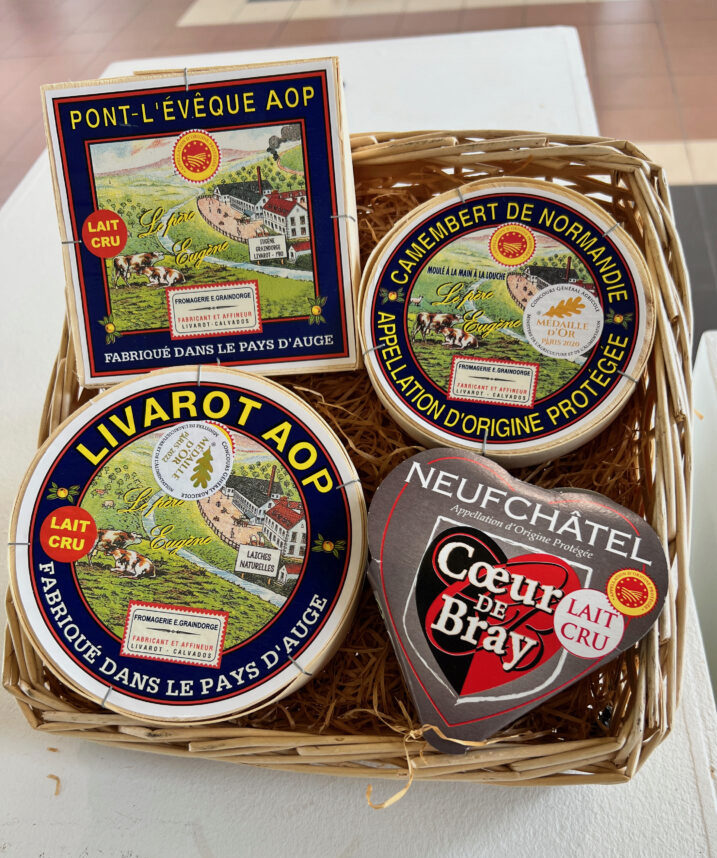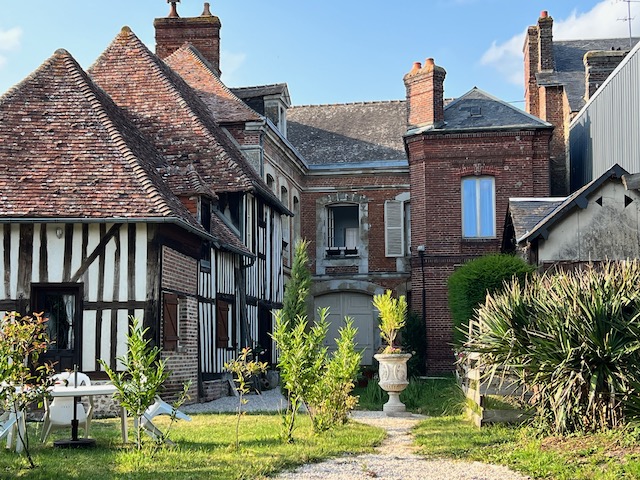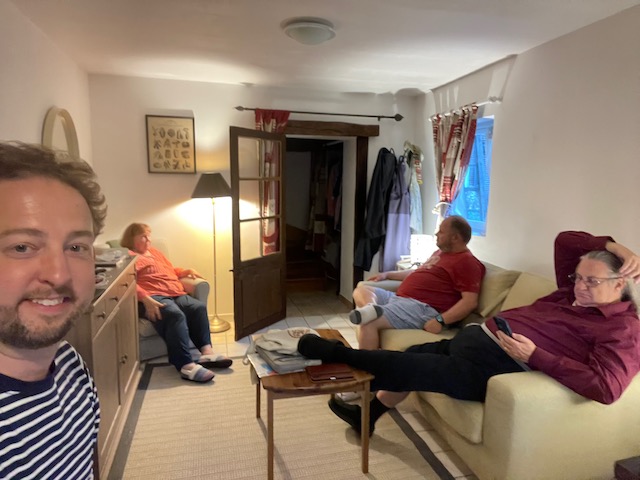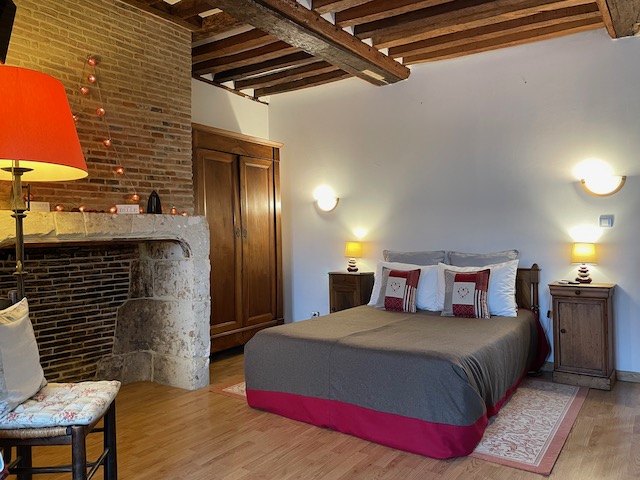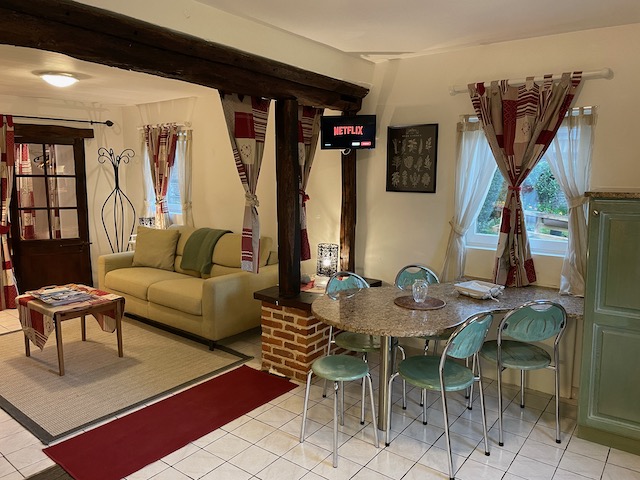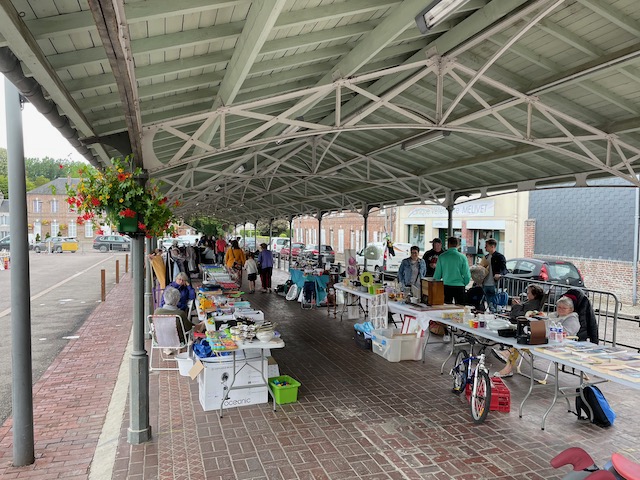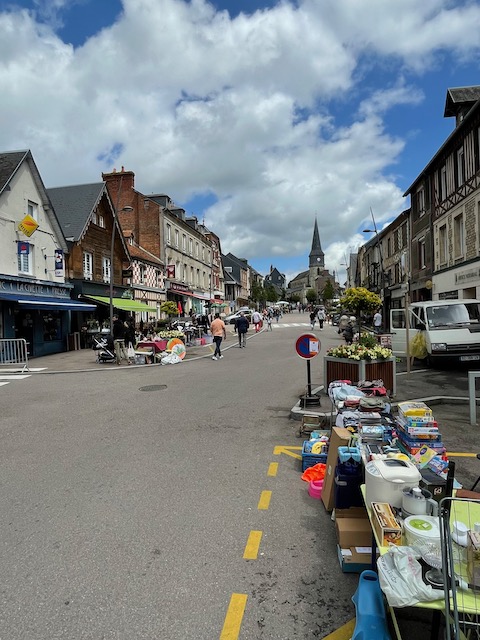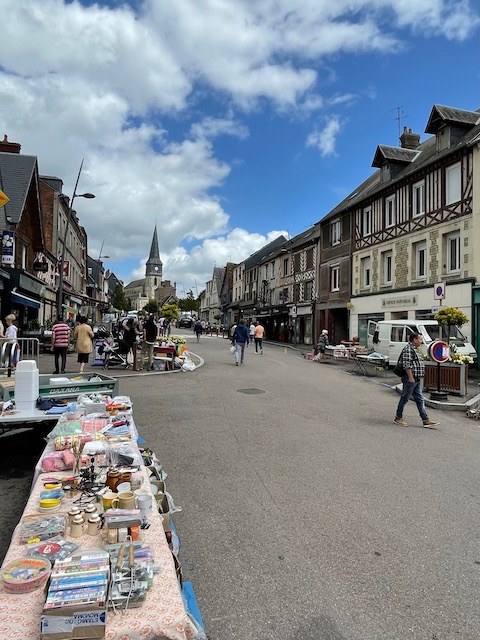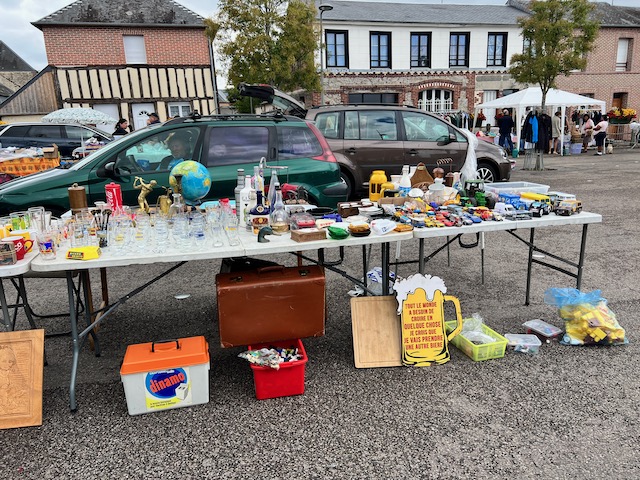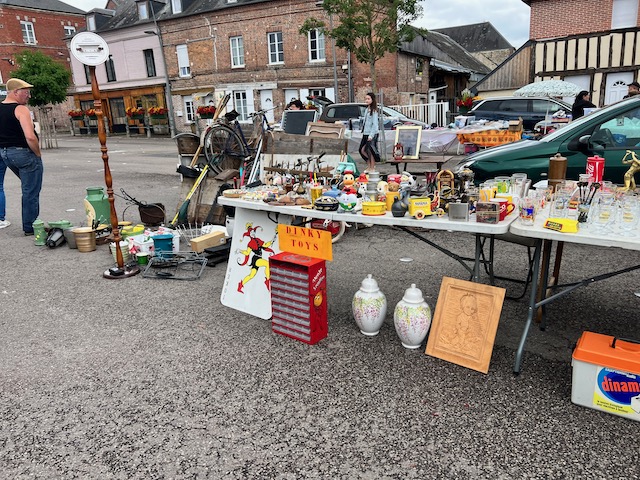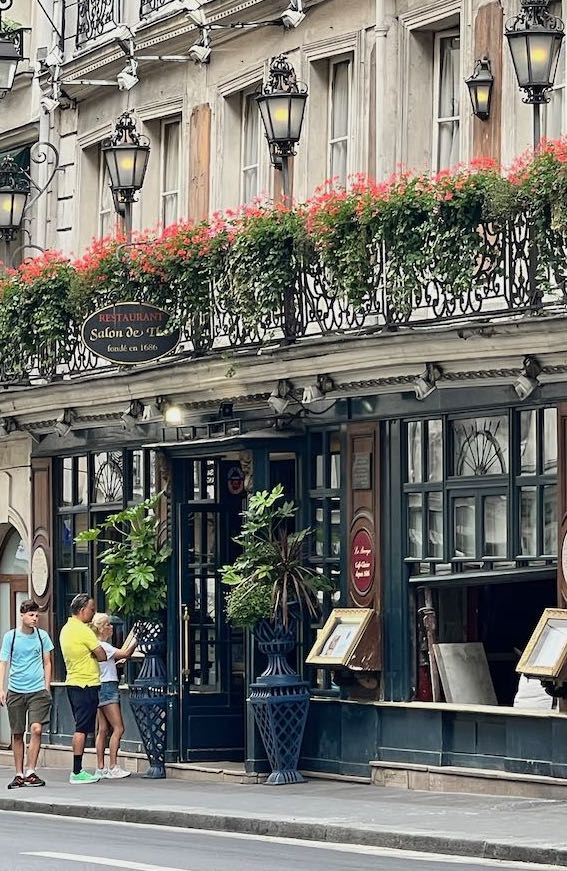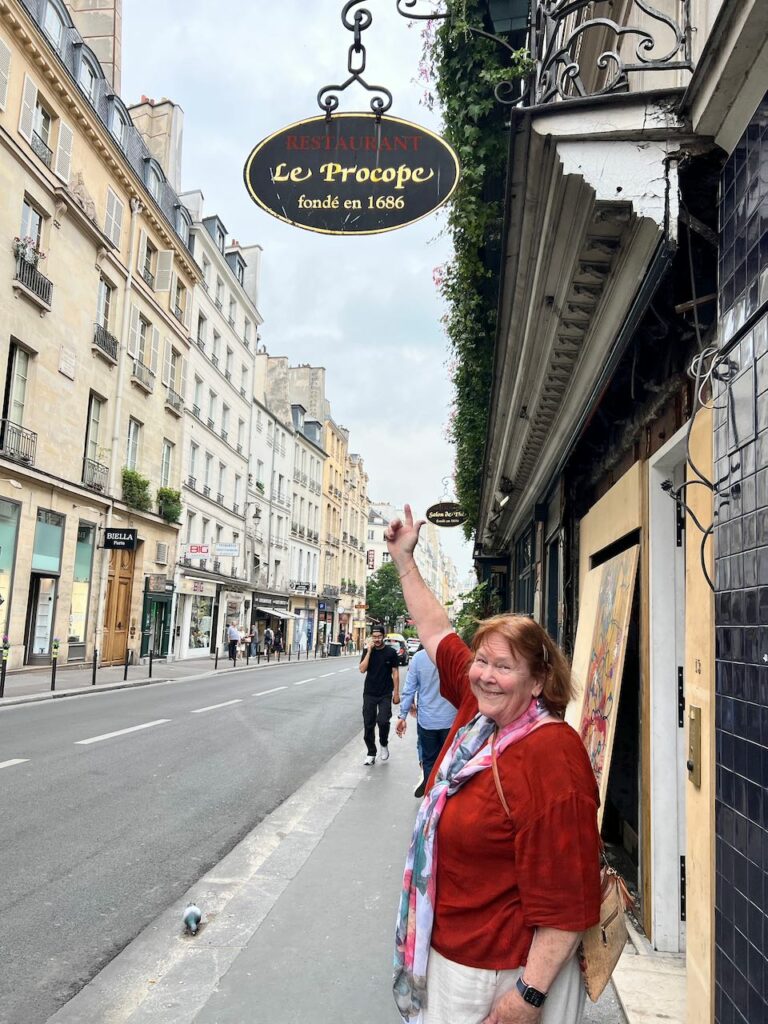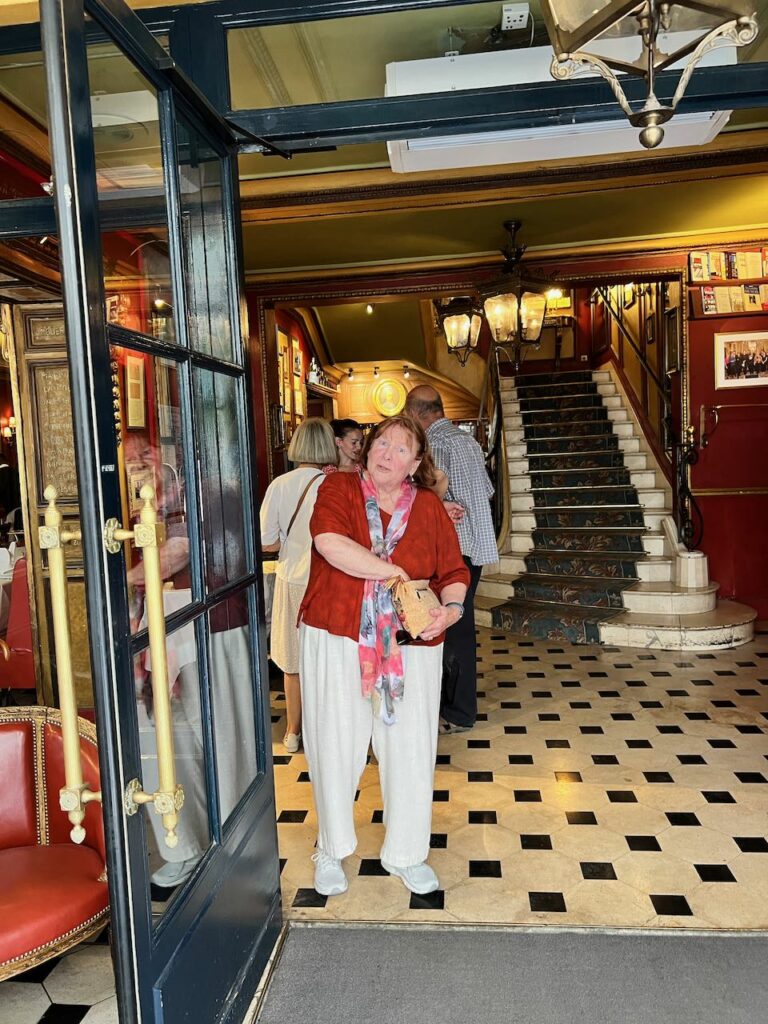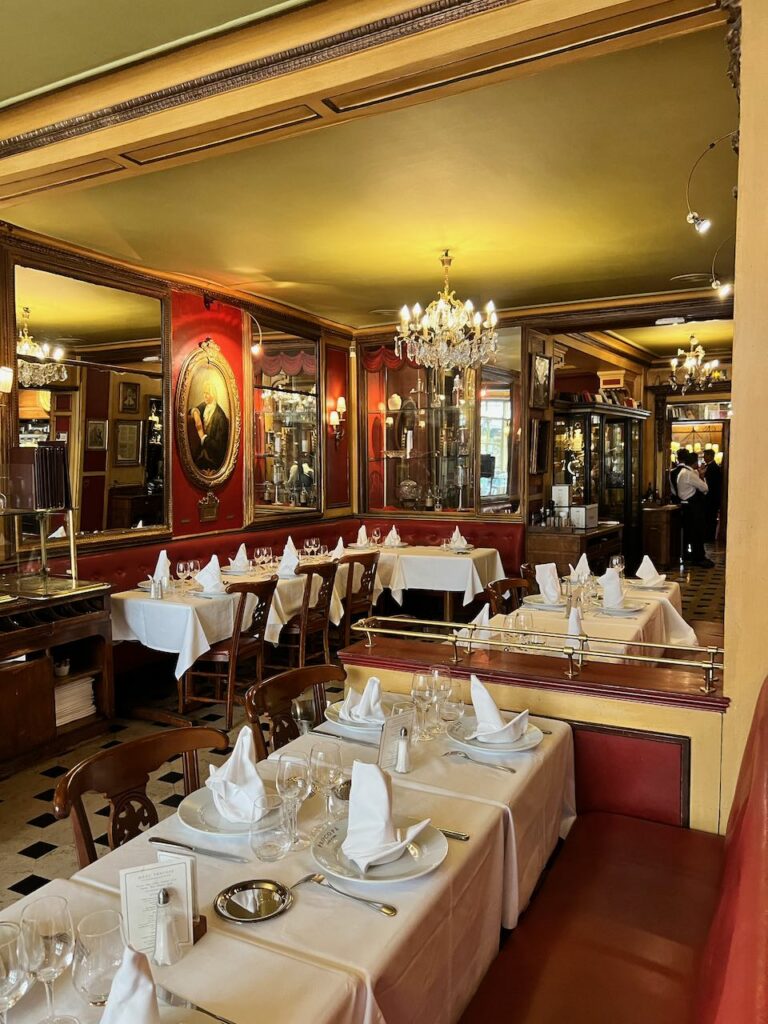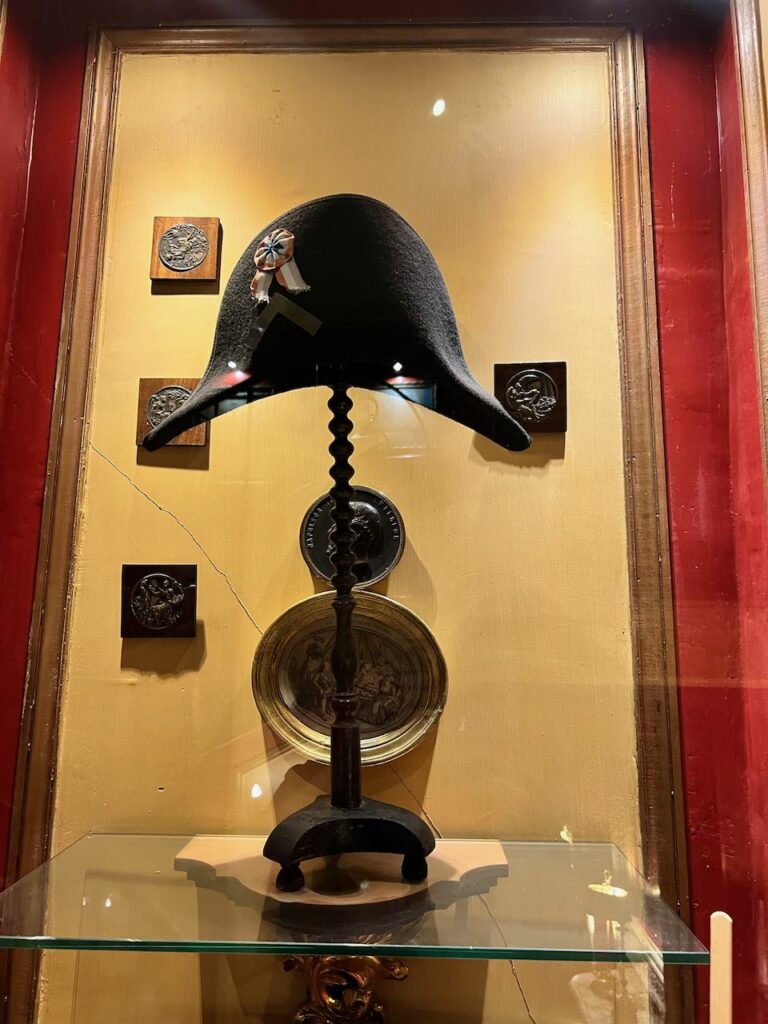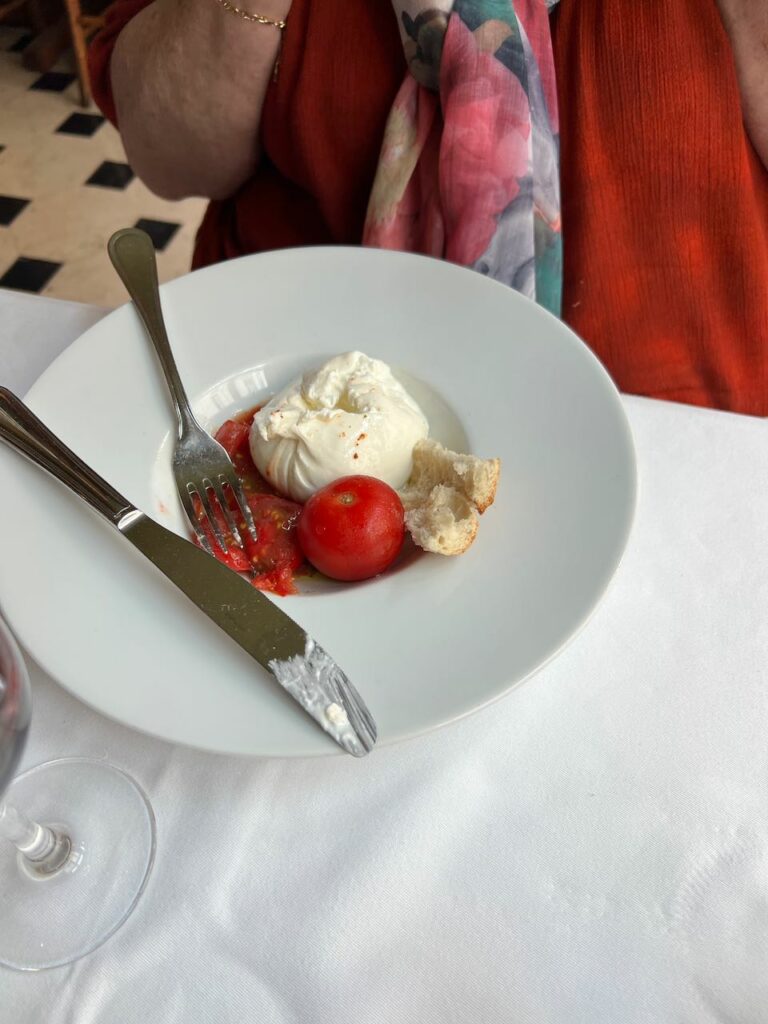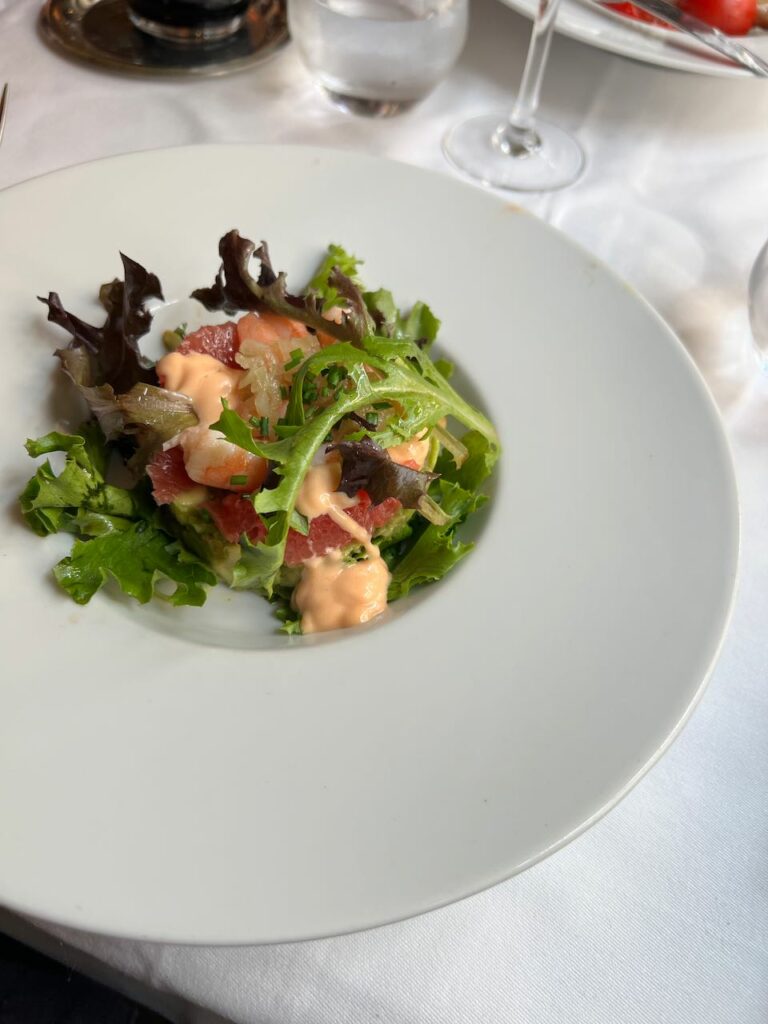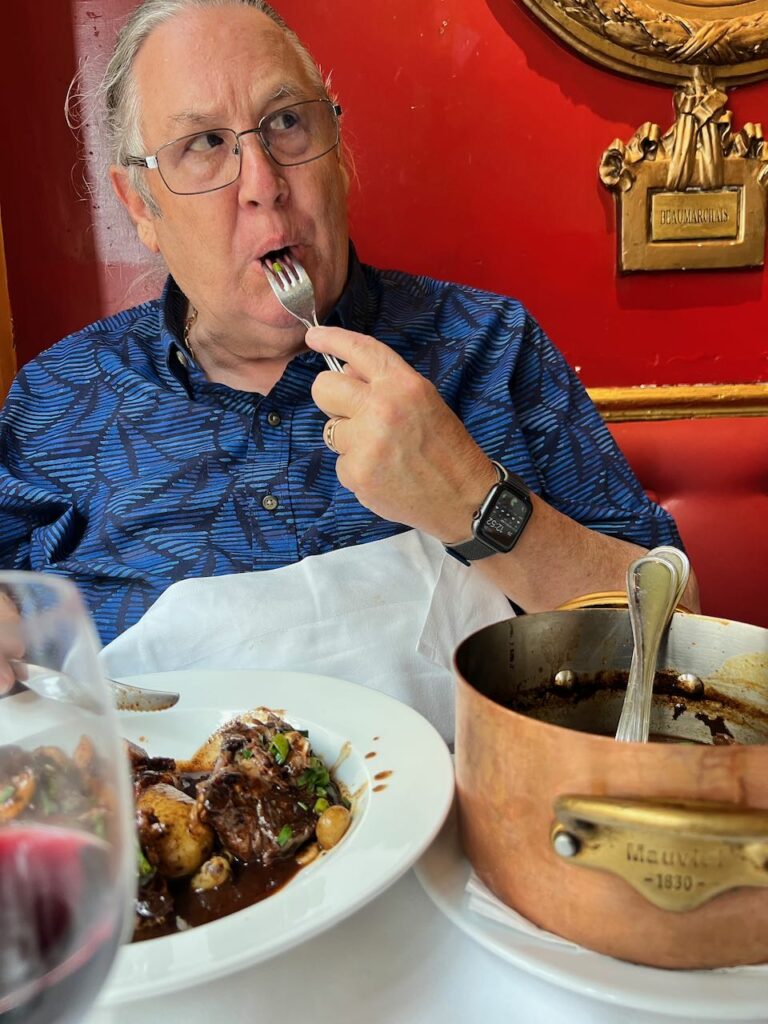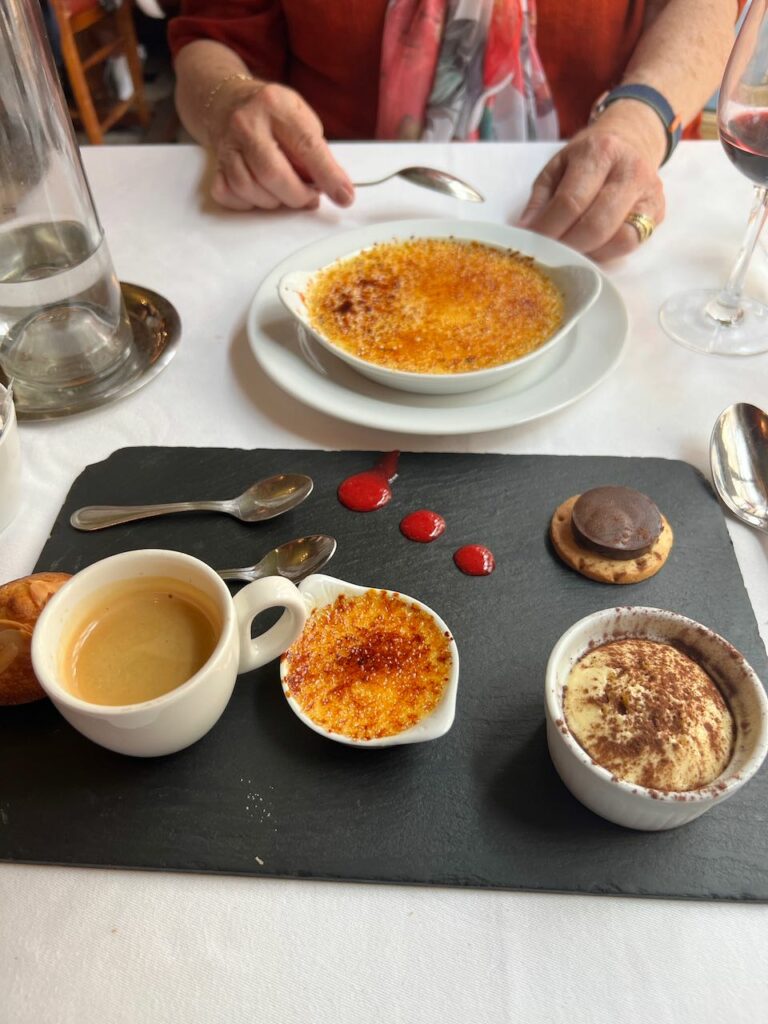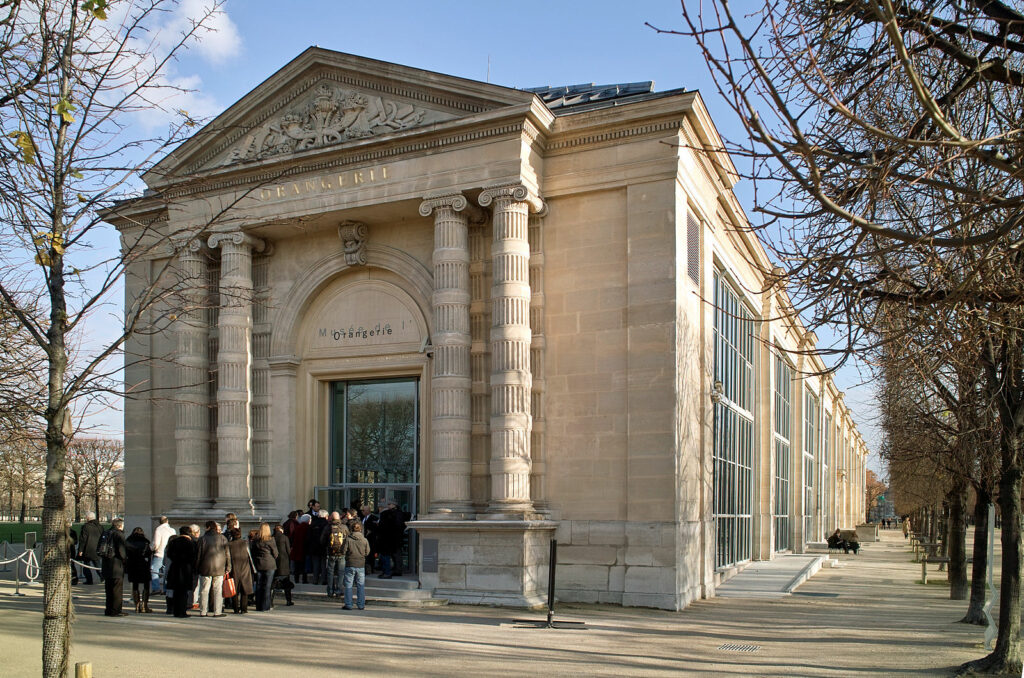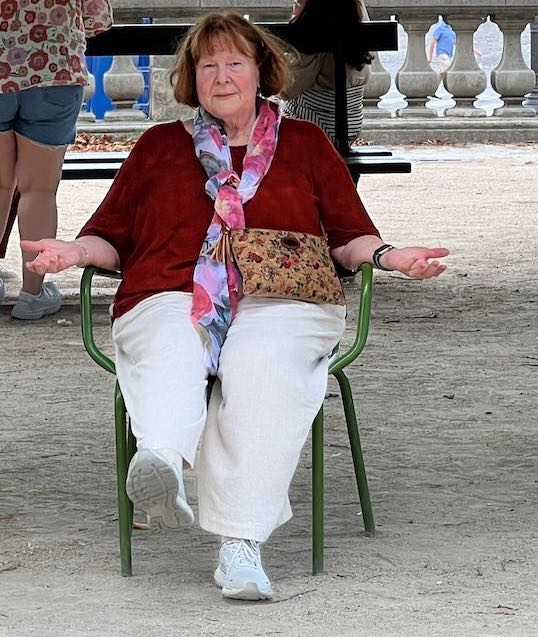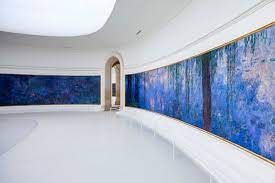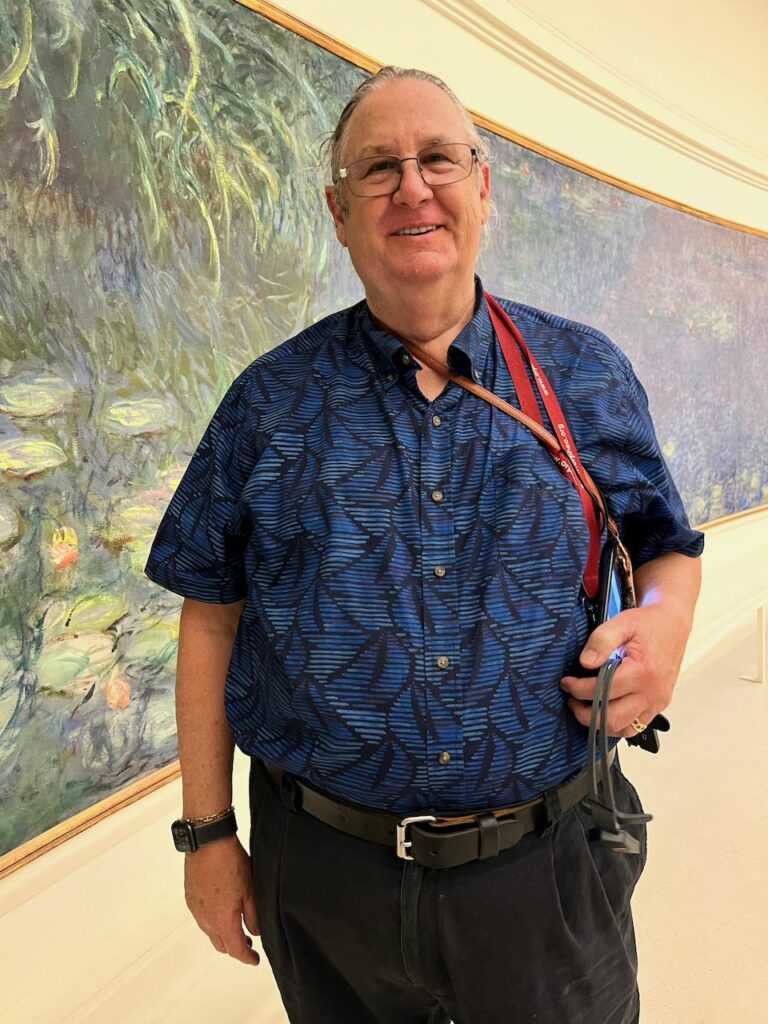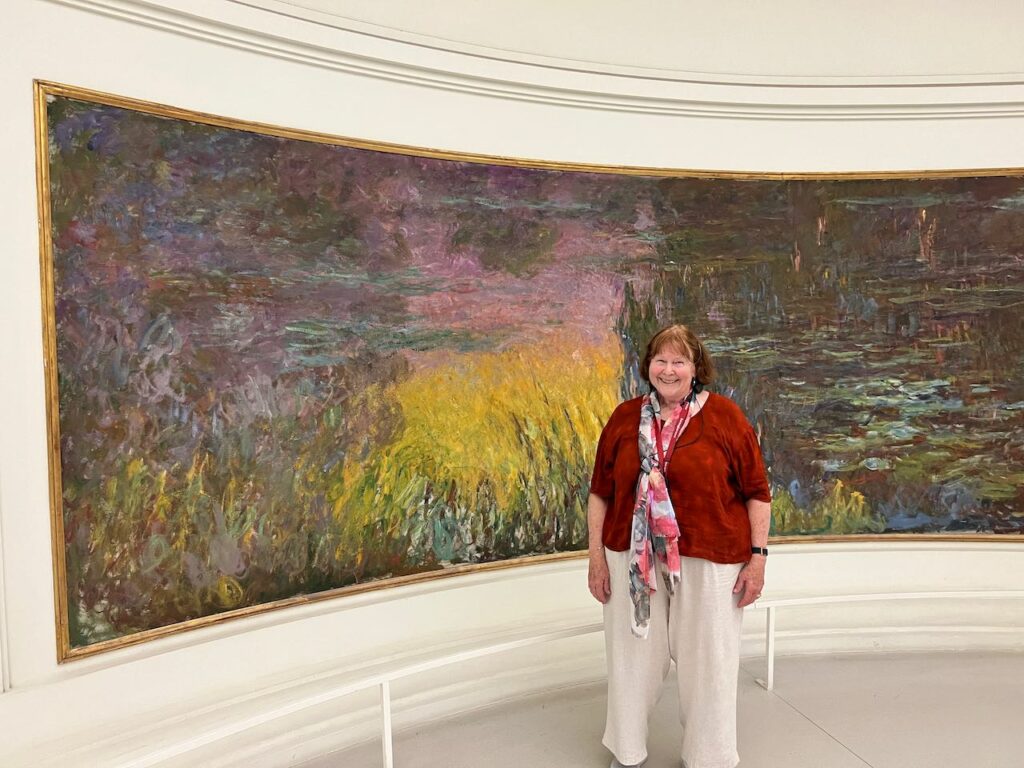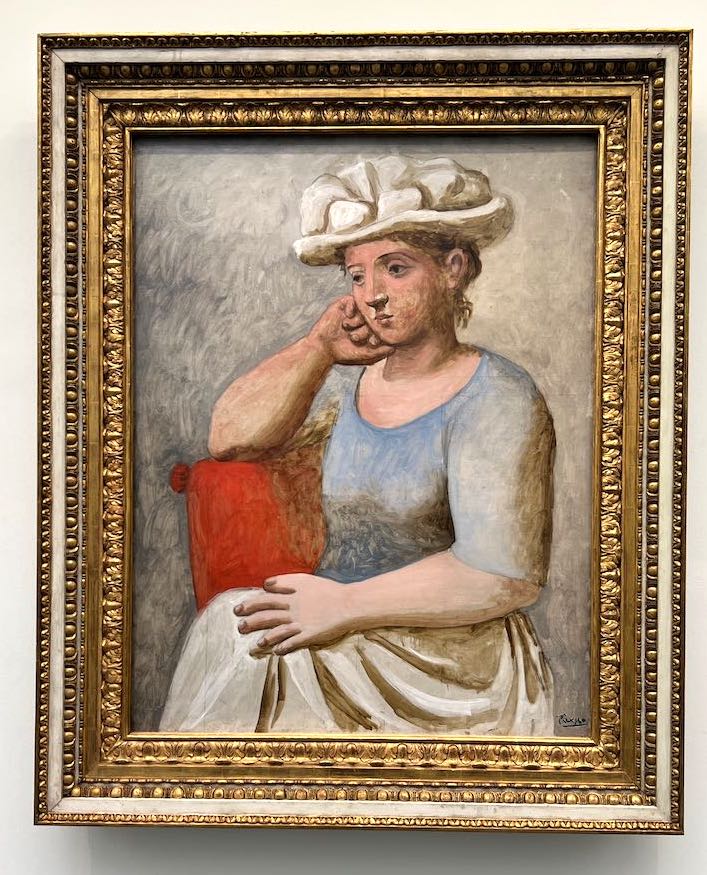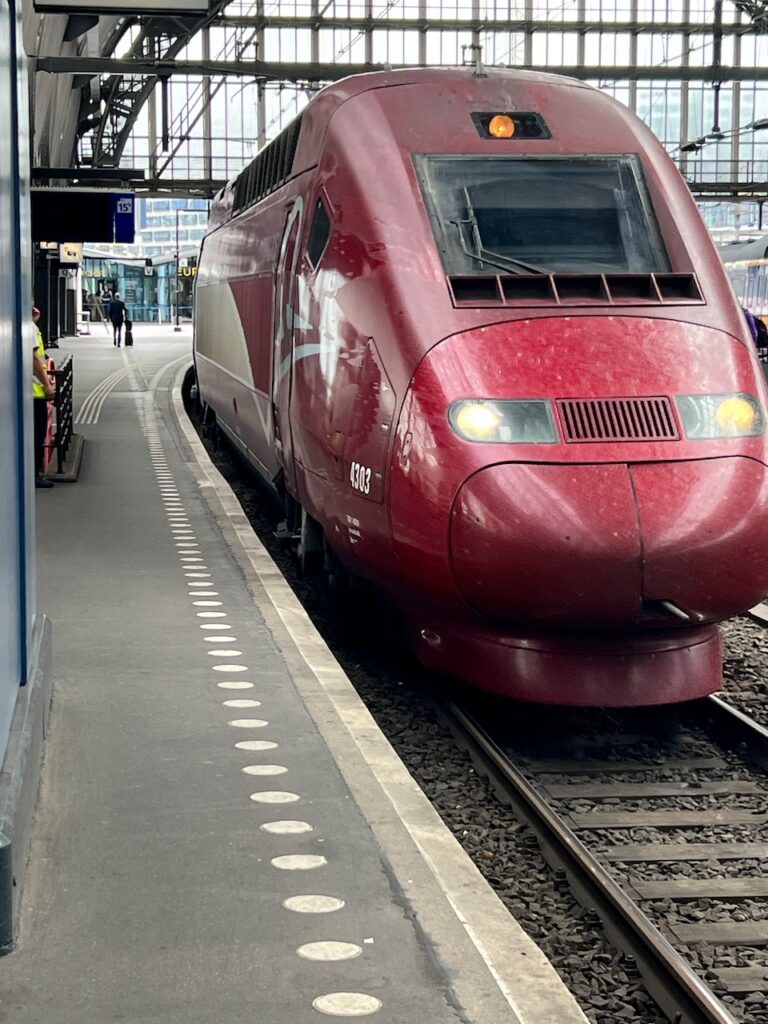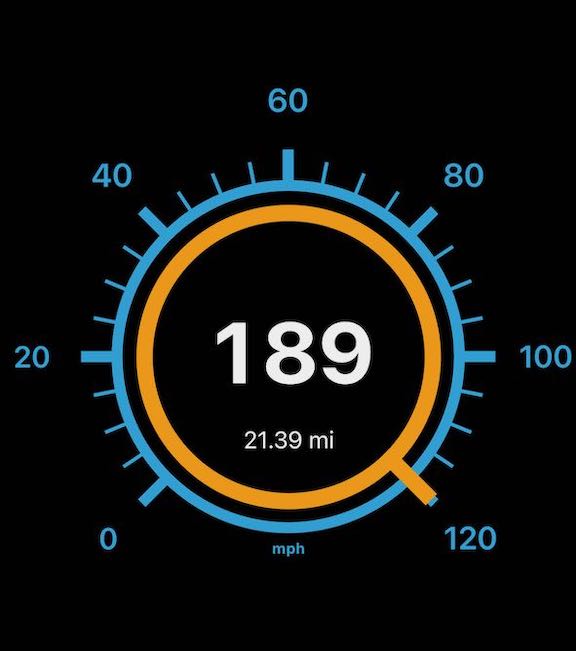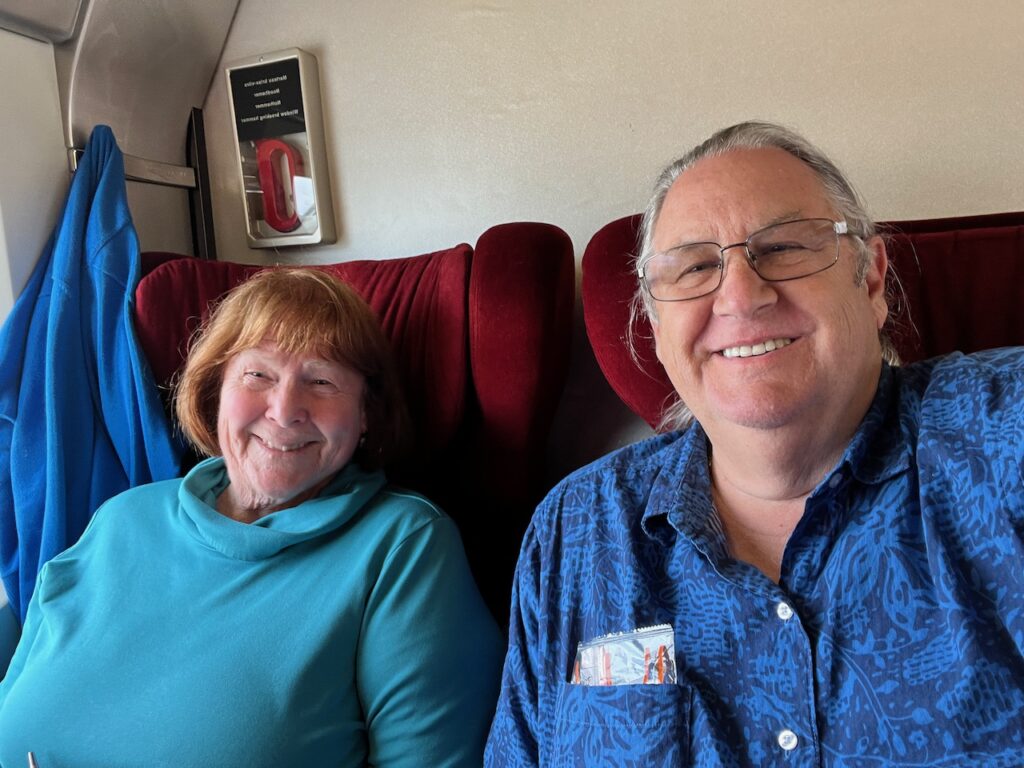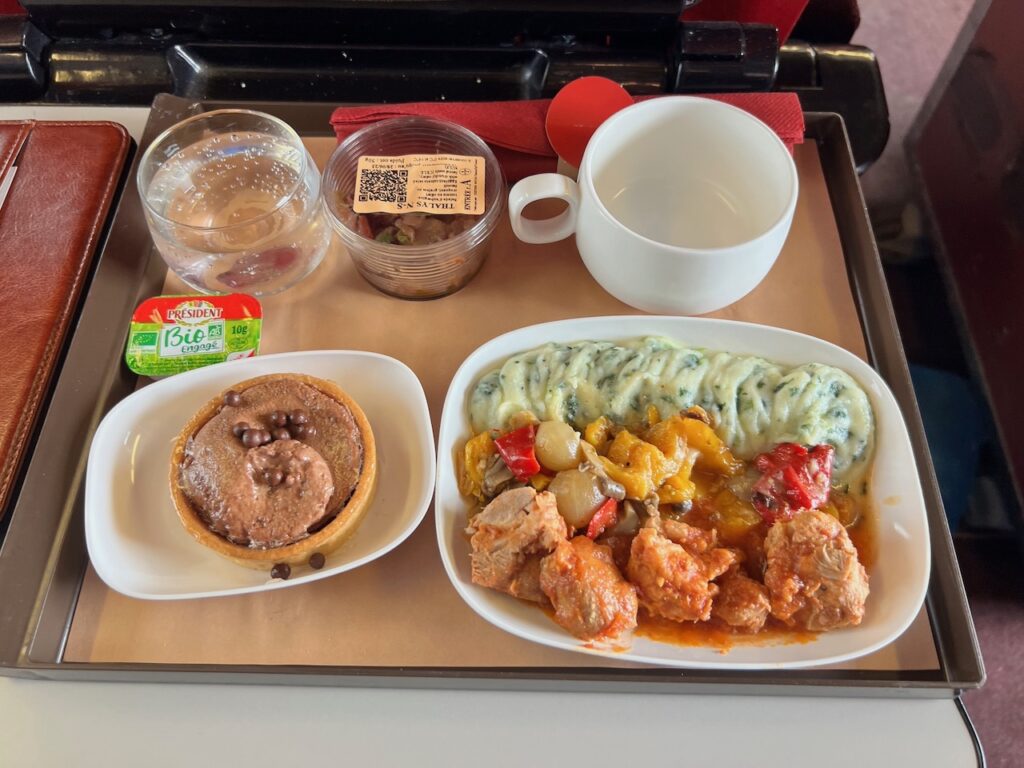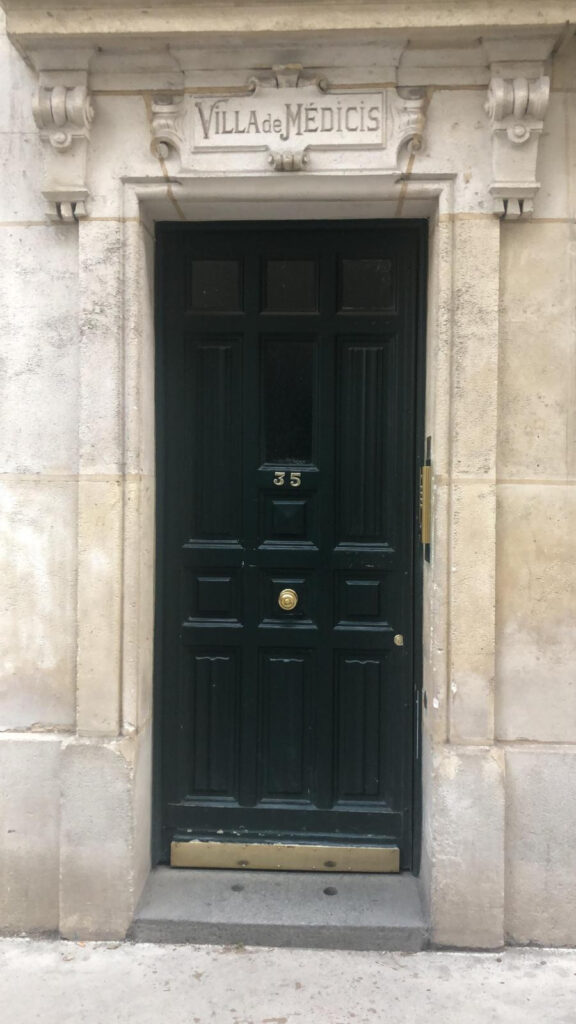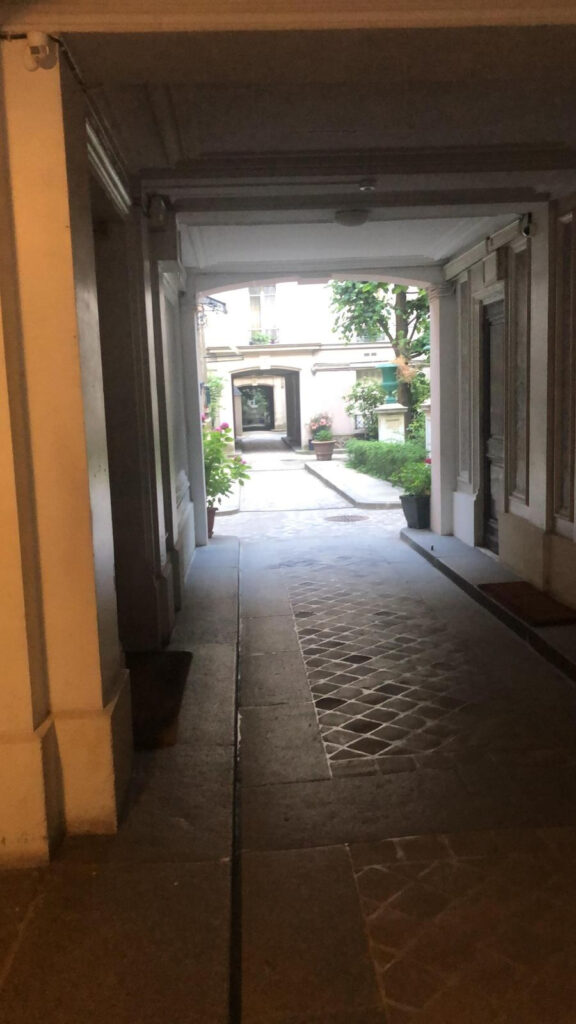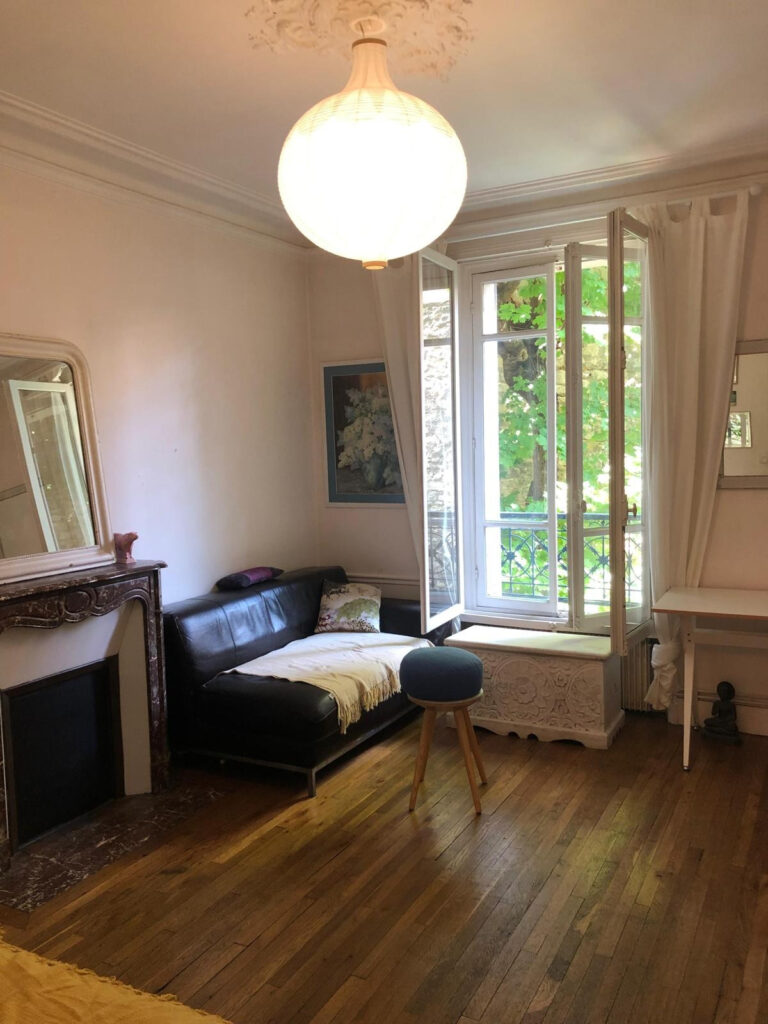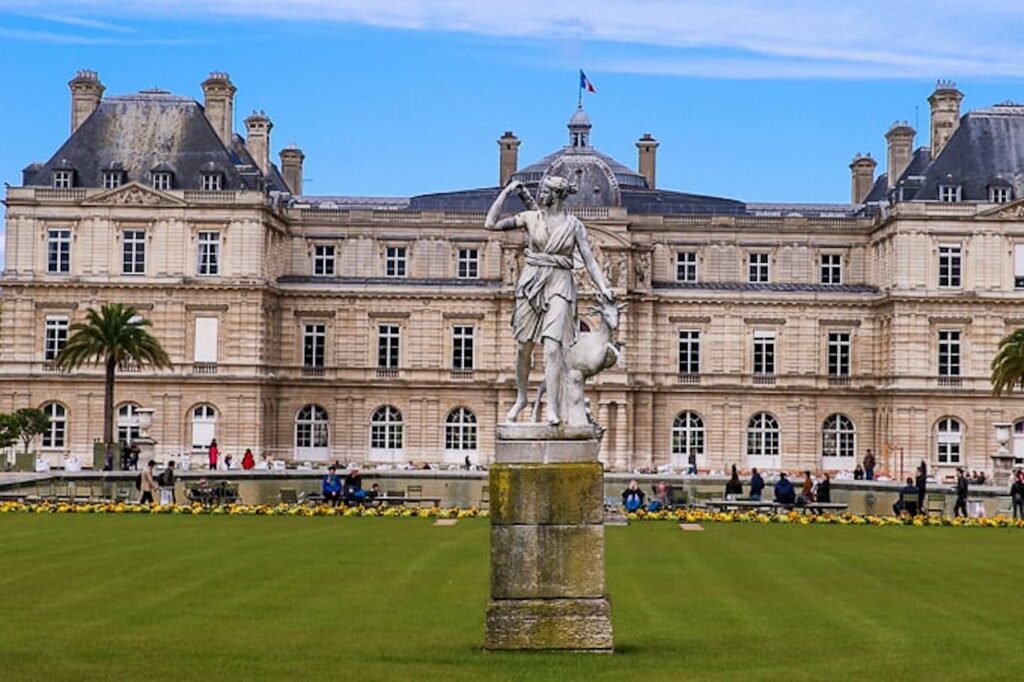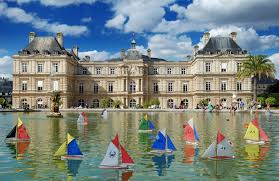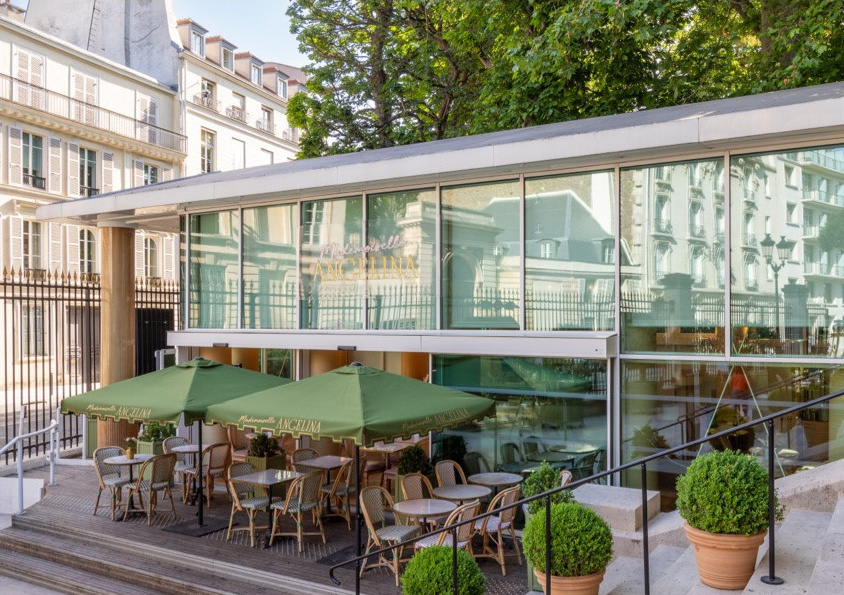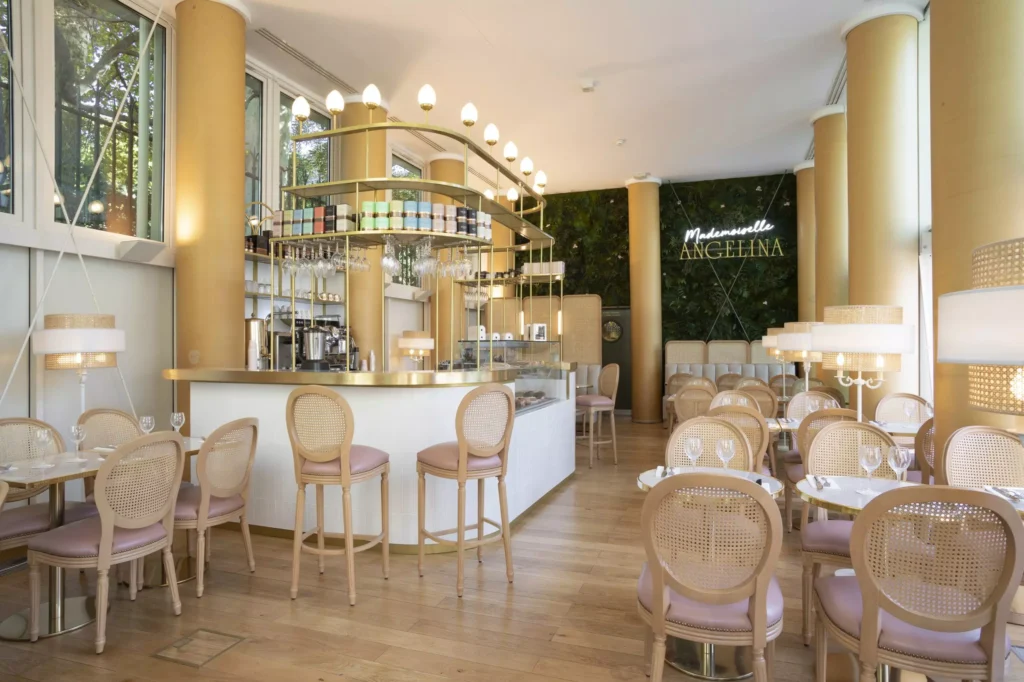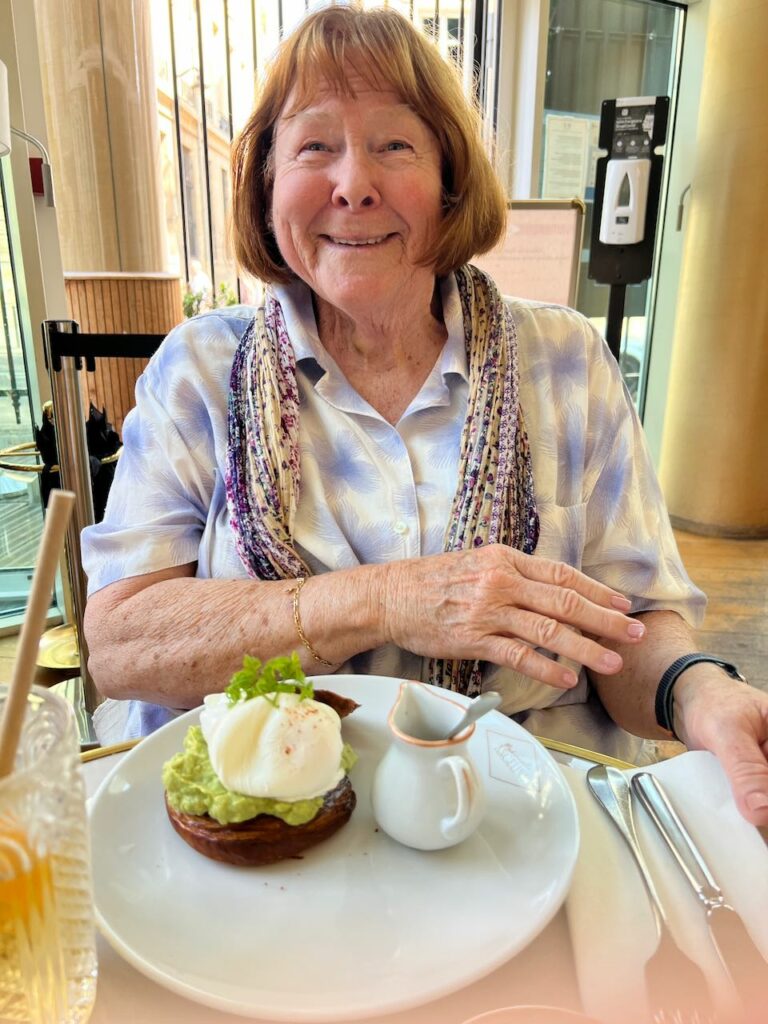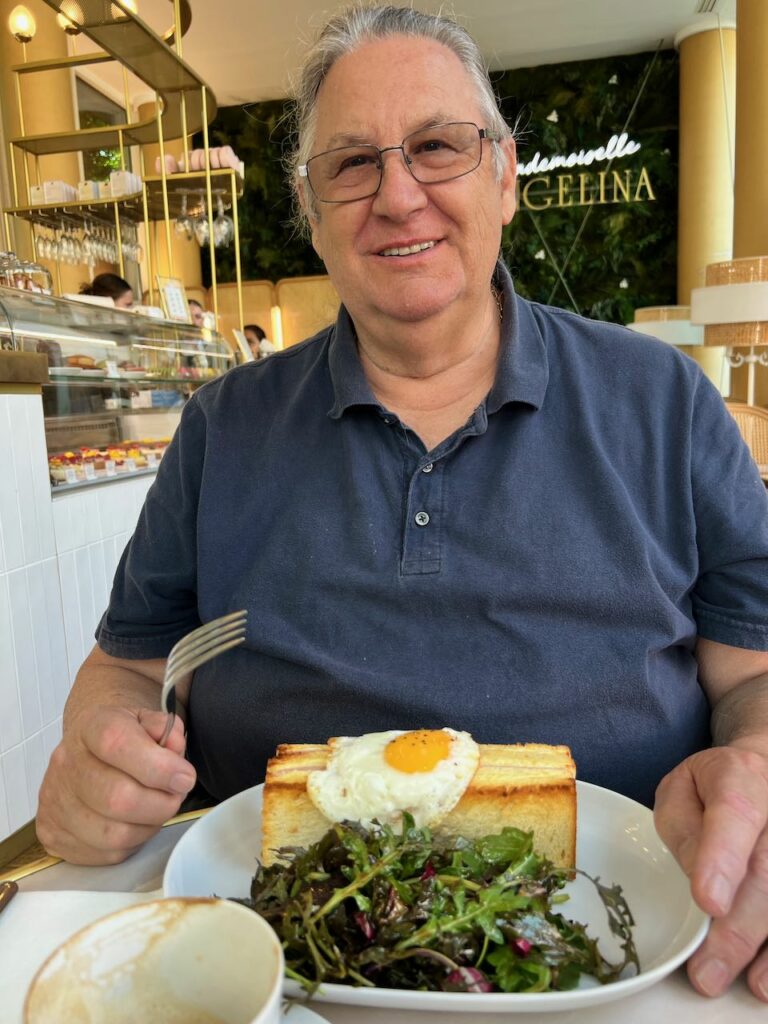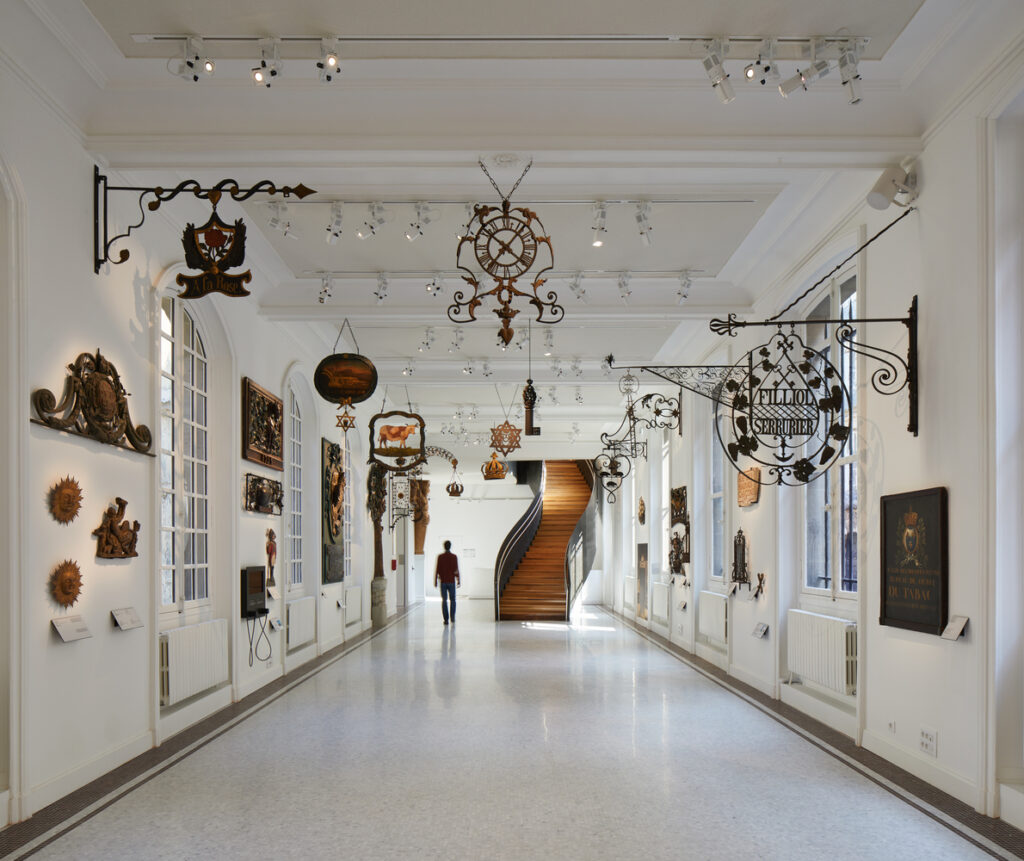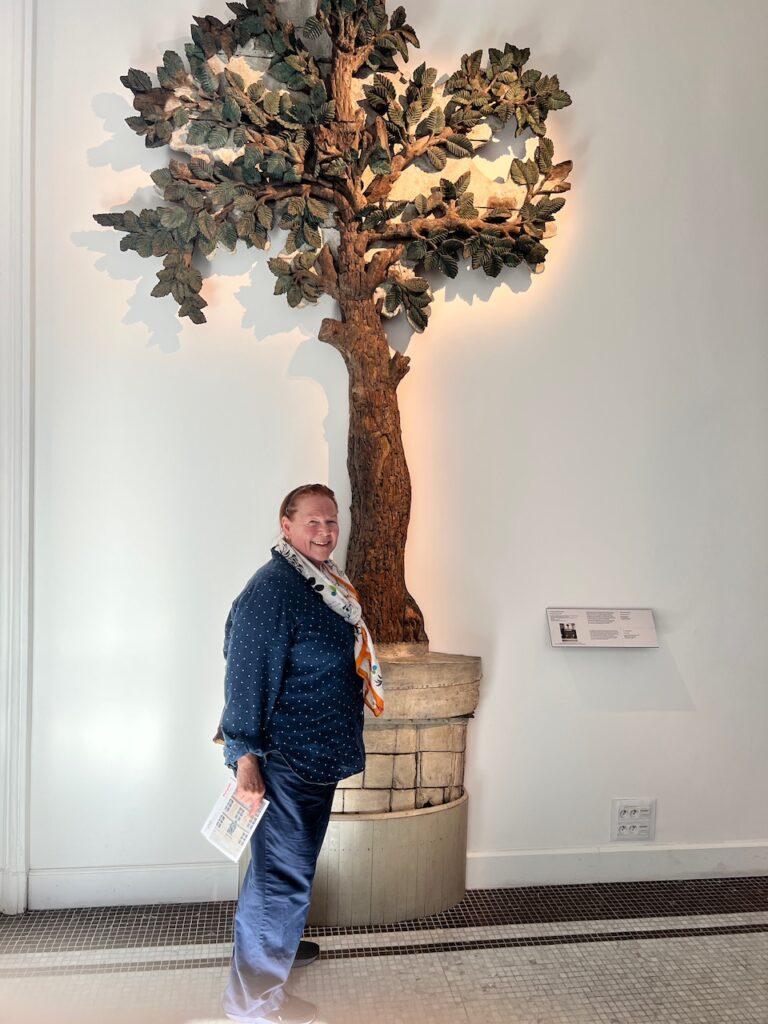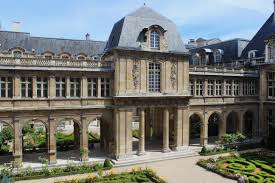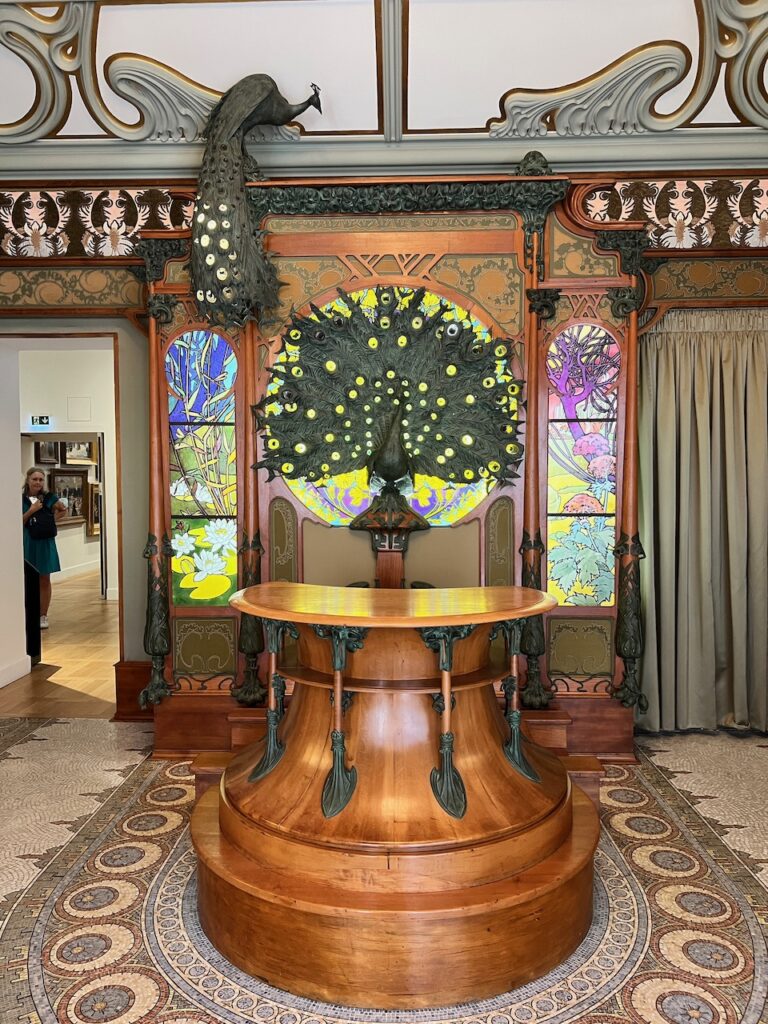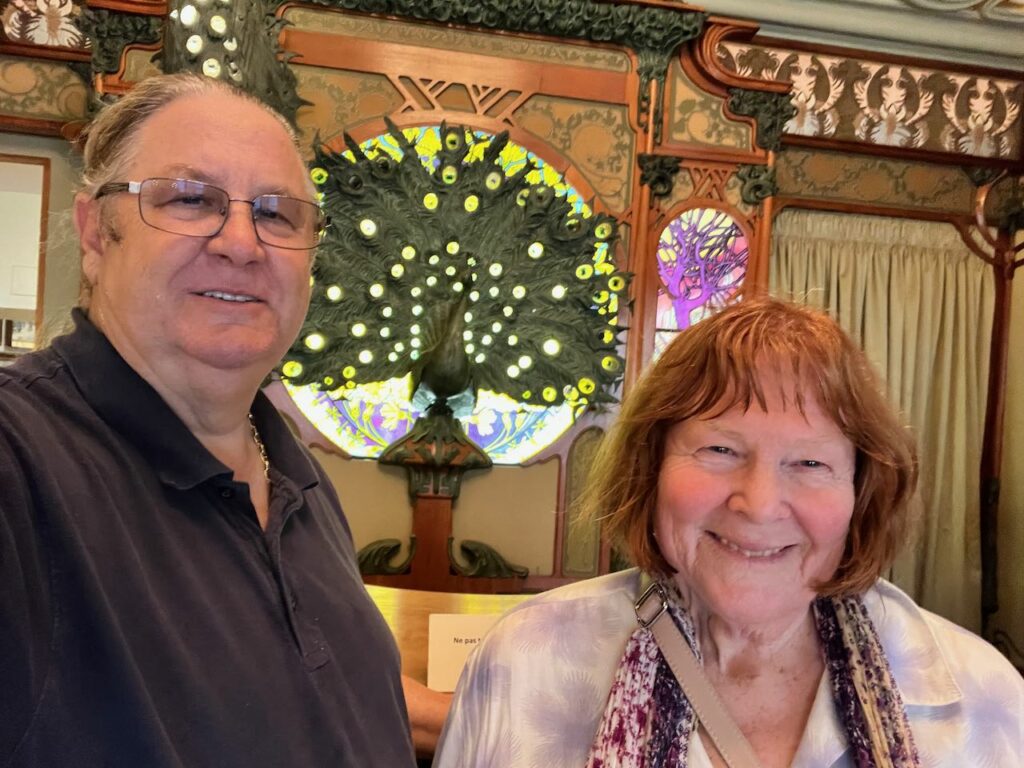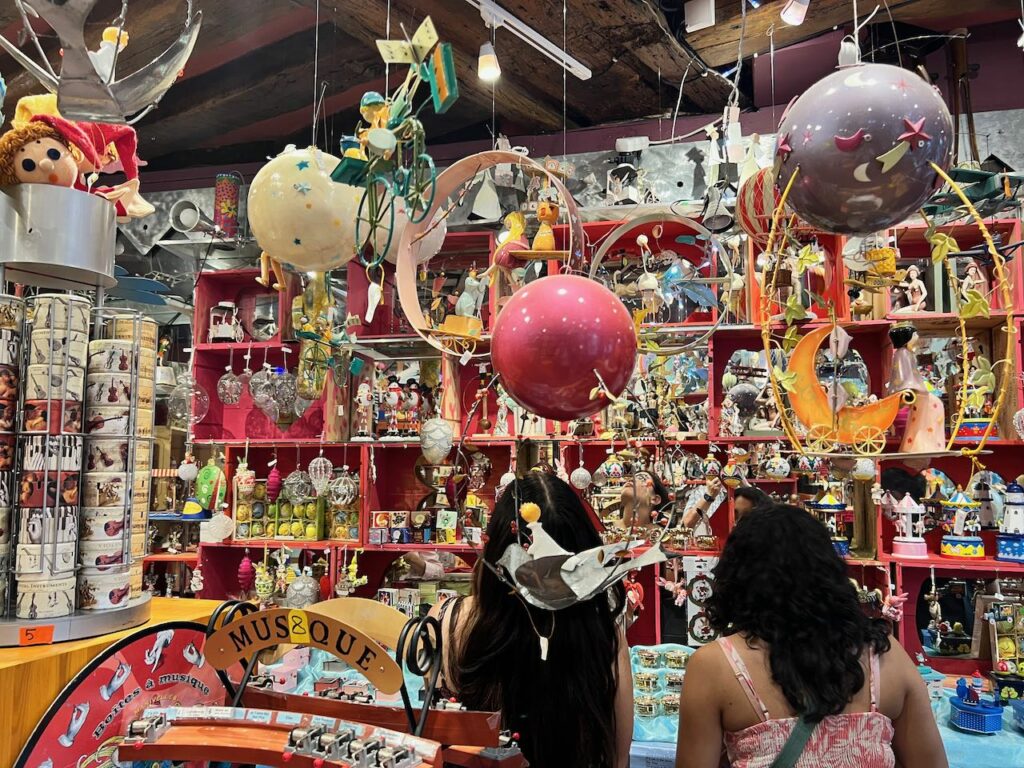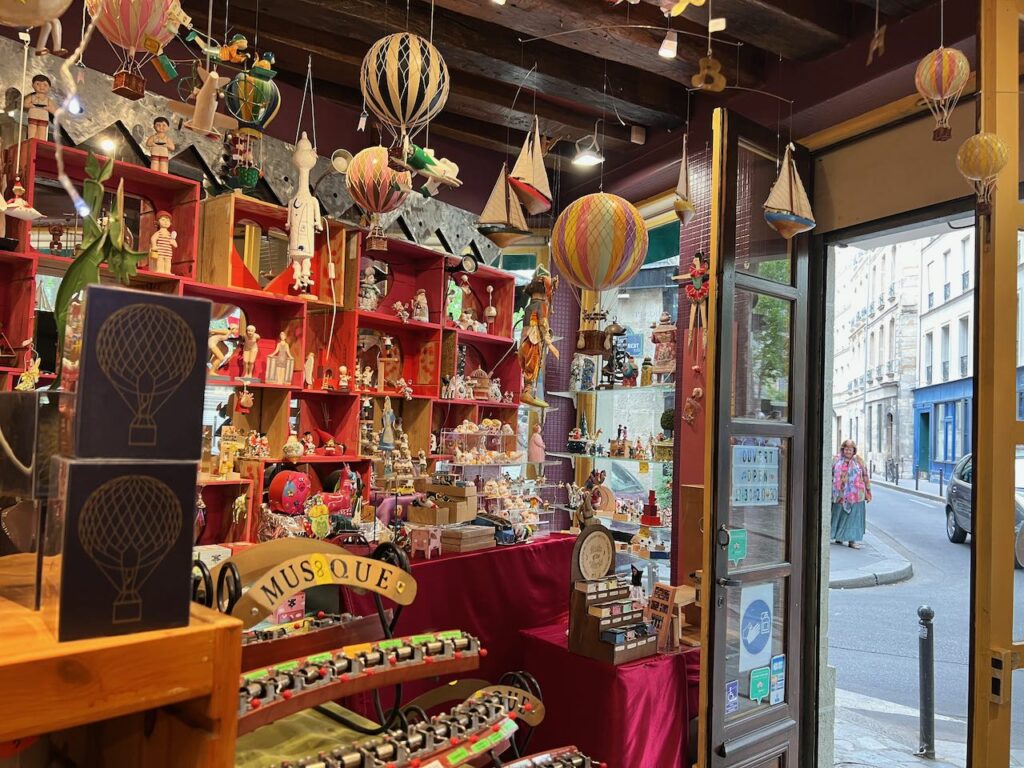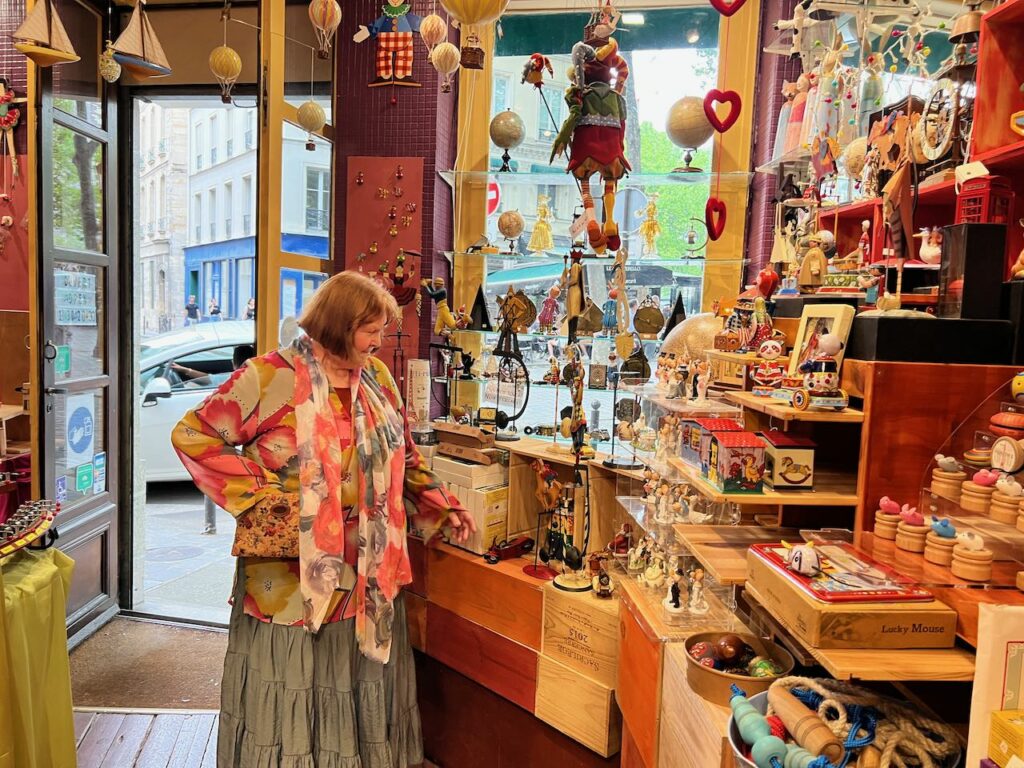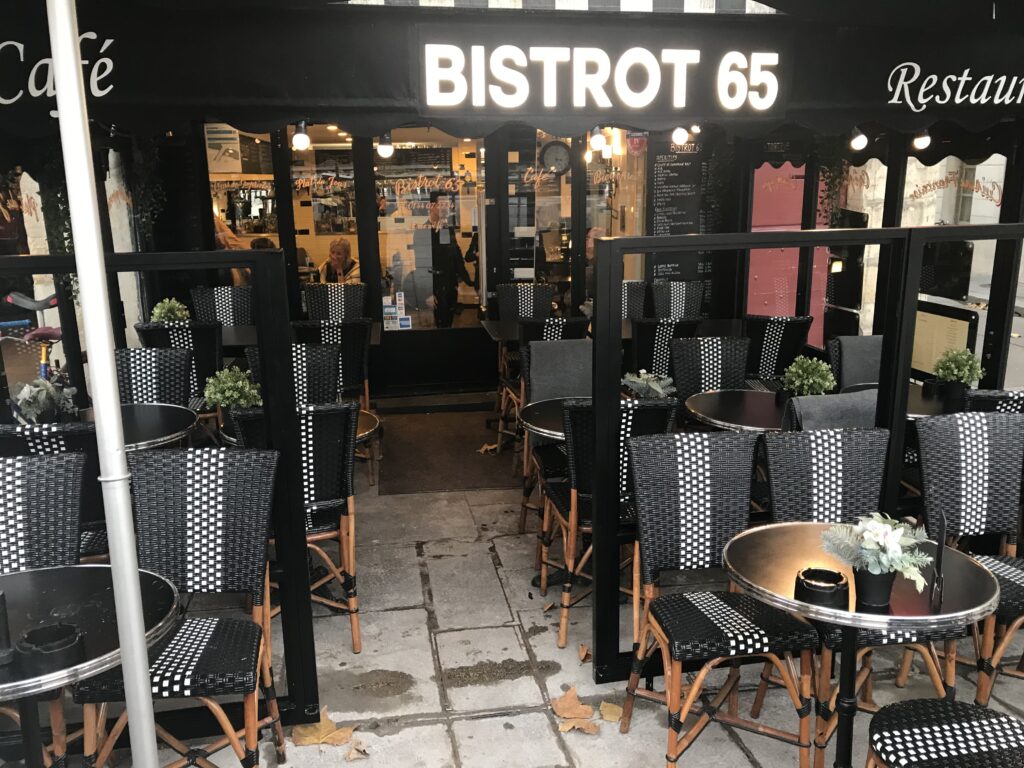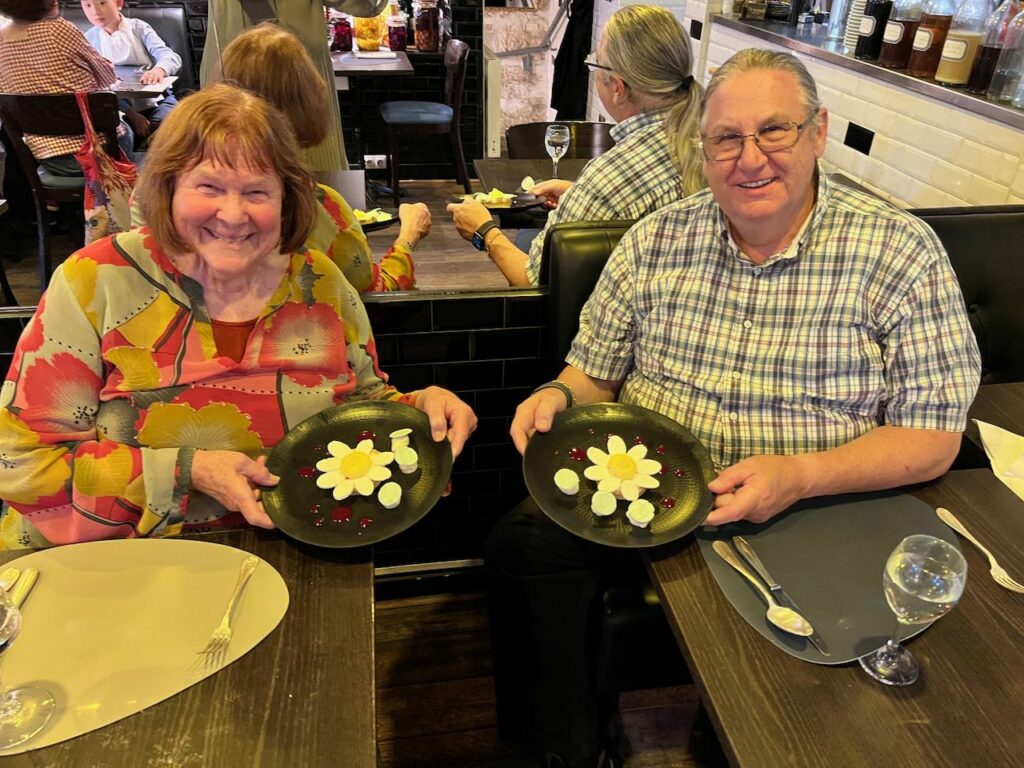Today’s adventure would be taking us to a zoo. Now, having grown up in San Diego I know world class zoos – we have visited both the San Diego Zoo and its offshoot the Wild Animal Park many times (including going to the Zoo on our Honeymoon all those years ago). However, we were unprepared for how nice a zoo could be and only about 30 miles away from our Gīte.
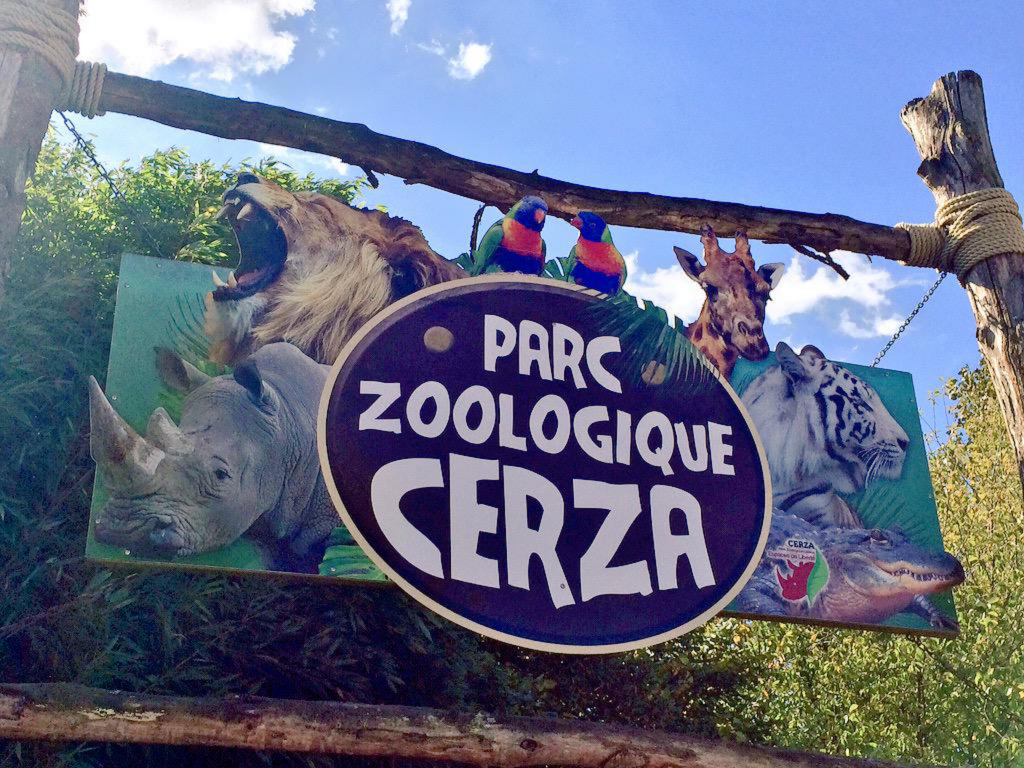
Le Cerza (Center for Zoological Study and Reproduction Augeron), also called Cerza Zoological Park or Lisieux Zoological Park is in the Calvados Region of Normandy. The Park was created in May 1986 by two brothers, Thierry and Patrick Jardin. Today, the park is managed by Thierry Jardin, while brother Patrick Jardin takes care of another zoo, Parc des felins near Val-de-Reuil. It seems these brothers are committed to helping rare and endangered plants and animals.
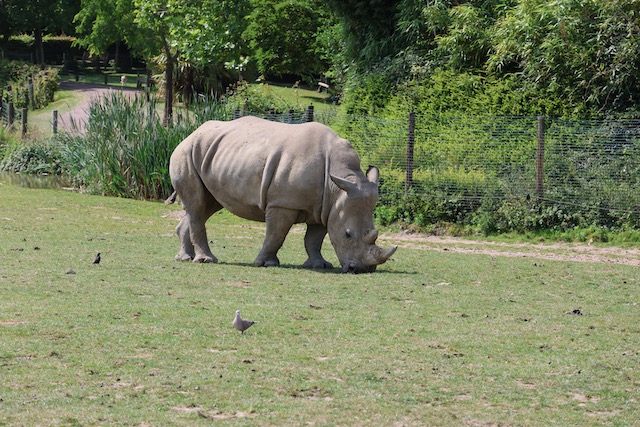

Le Cerza seems to be a magical place as they have been successful in reproducing some very endangered animals. The San Diego Wild Animal Park tried for years to successfully bred White Rhinoceros and this park has a herd of 16 white rhinos just wandering around!
Births have include three lions, two red pandas and a white rhino thus enabling Cerza to fulfill its role of safeguarding and reproducing species. In 2018, the park created an enclosure for two polar bears one of the largest enclosures in Europe. In 2019, the park was able to expand by 20 acres with the establishment of a second African plain accessible via the Safari Train.
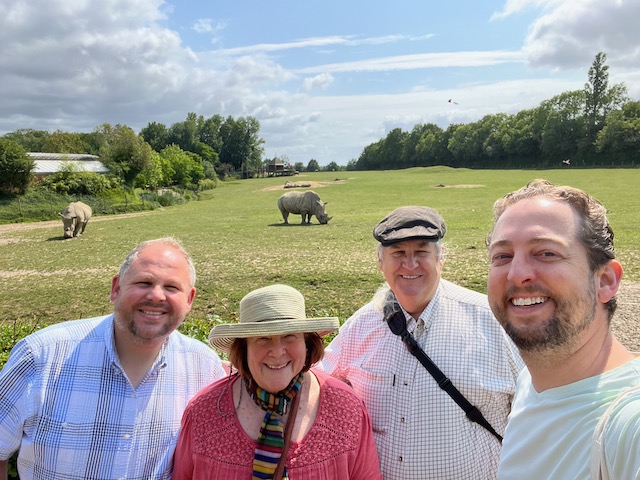
Open from February to November, the park extends over 200 acres and presents more than 1,500 wild animals of 120 different species reflecting 5 continents. It has two walking circuits, the red route (which we walked) and the yellow route, as well as a Safari Train and a 3D cinema. The Cerza aims to preserve wildlife and presents visitors with animals that are often threatened with extinction.
We arrived late morning just in time to visit the giraffe feeding station. This was backed with kids so we just watched and tried to listen to the narrative being given.
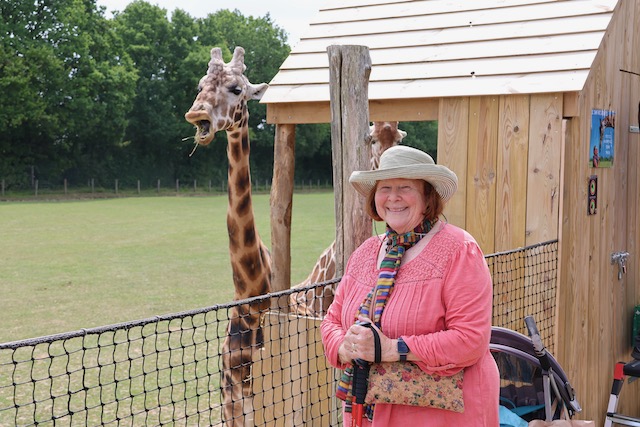
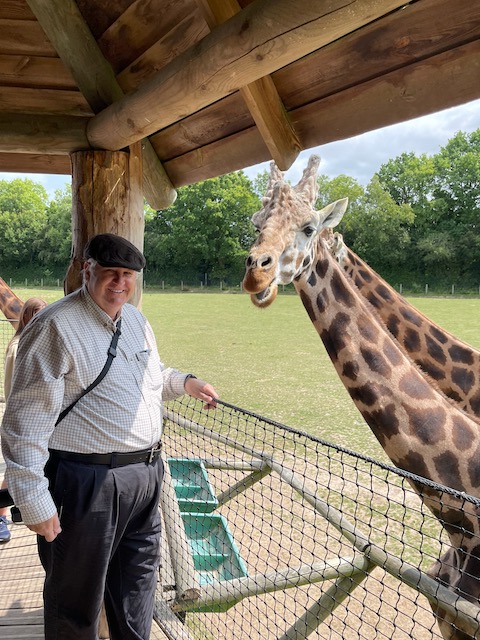
After visiting with the giraffes, we took the red trail where we were able to see and visit a number of animals where the enclosures are almost non-existent really just low fencing with a moot or two and some electrical wire barricades to keep the animals in but generally very open and accessible.
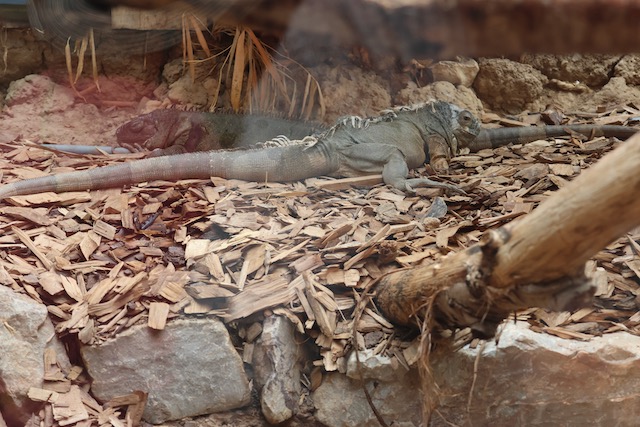
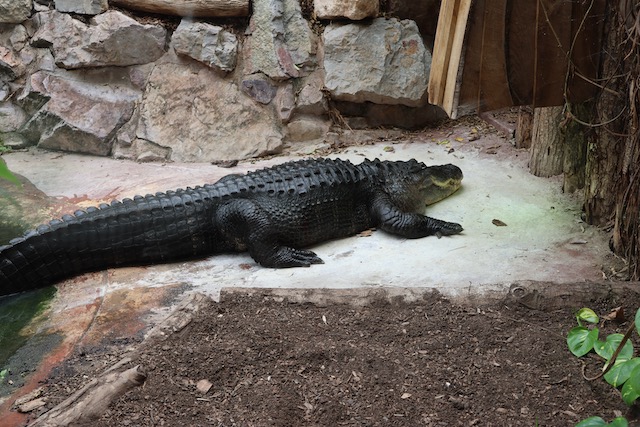
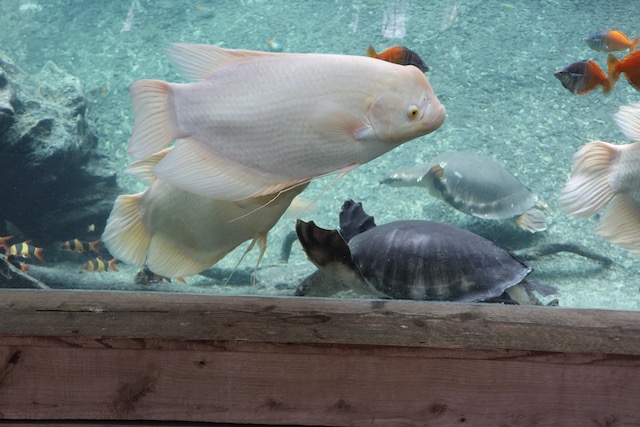
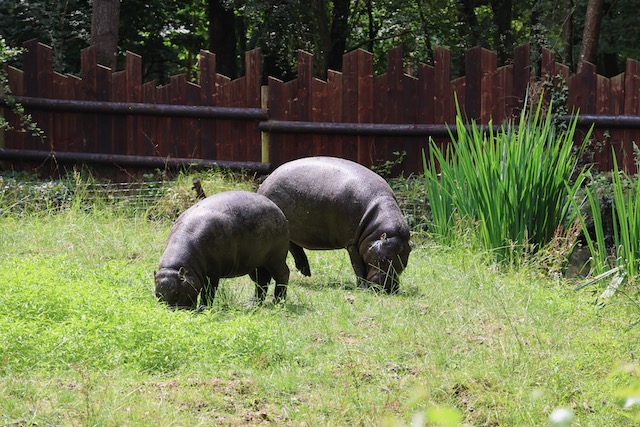
After our walk, we stopped for lunch and then headed to the safari tram. I should point out that there are accommodations on the property – from tent camping to a full hotel and the restaurant provides meals for all to all dinners.
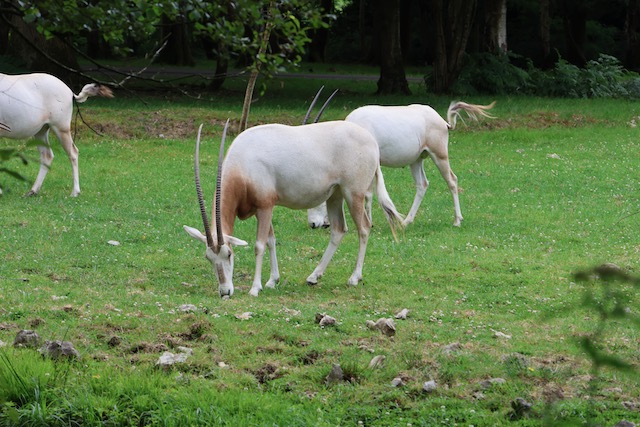
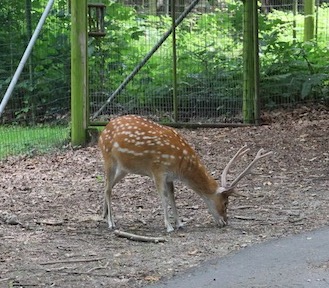
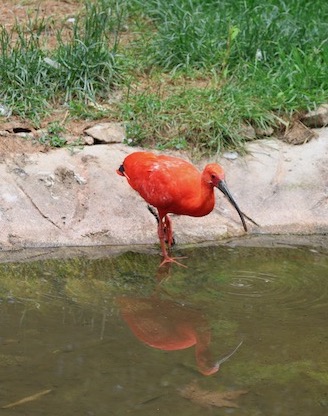
From the restaurant, we boarded the Safari Train –
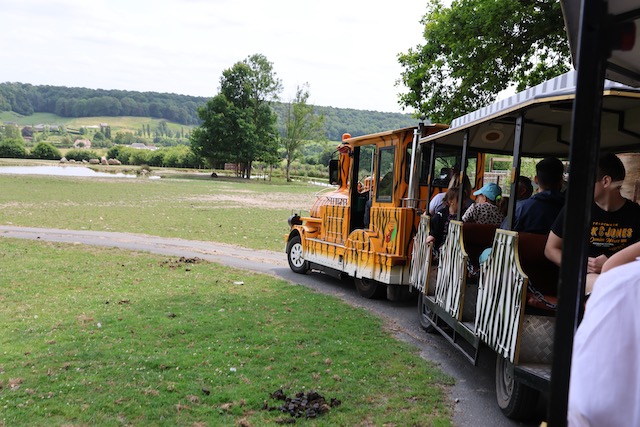
the train wanders through a number of areas where you can get up close and personal with the animals as you go through their enclosures – no fencing what so ever. Along the way we saw a group of American bison with some reindeer.

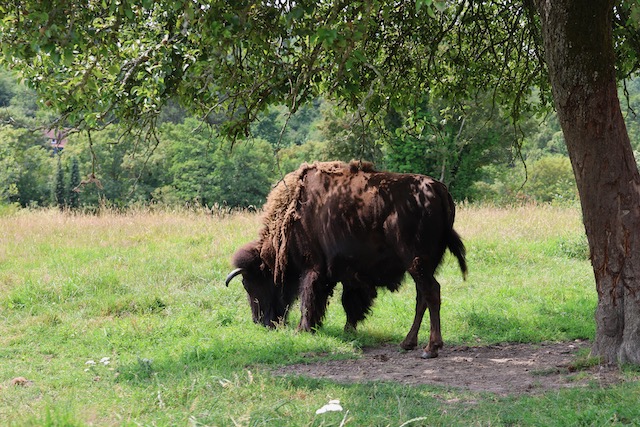
Past the enclosure with lions, another with tigers and even one with bears, O’my! The train includes a travel through the African plain where we saw zebras, antelopes called Mrs. Grey’s waterbuck, blue wildebeests and ostriches.
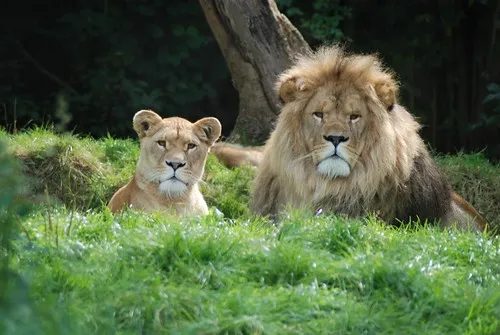
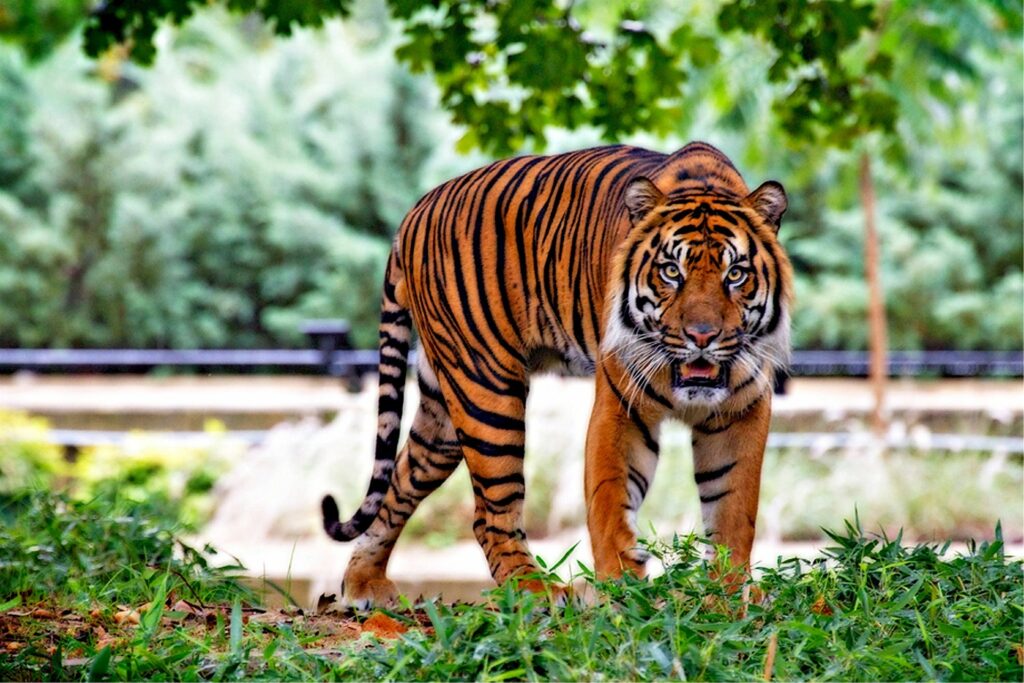
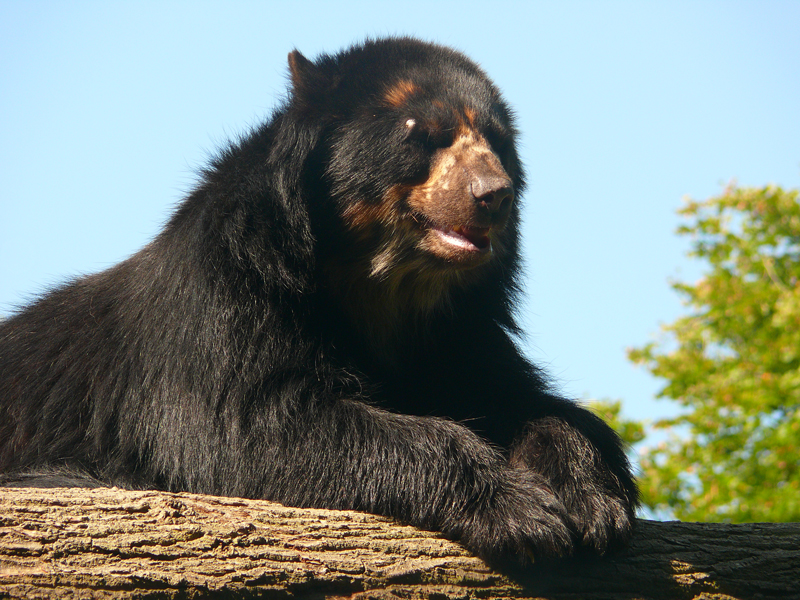
As we passed around the rhino area there were more ostriches (including a nest of eggs), scimitar-horned oryx and giraffes.
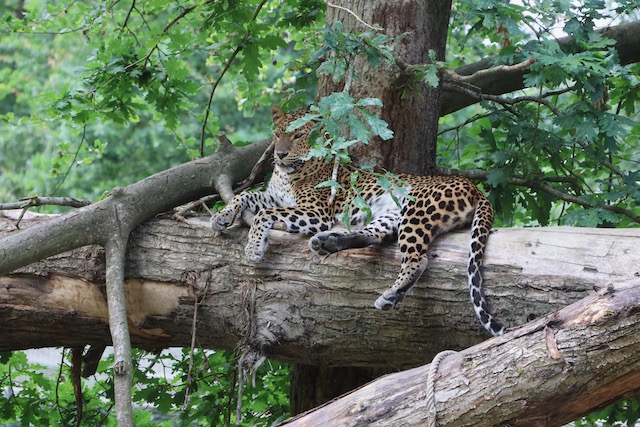

We were all very impressed with the place and it will be a spot we return from time to time when visiting in the region.
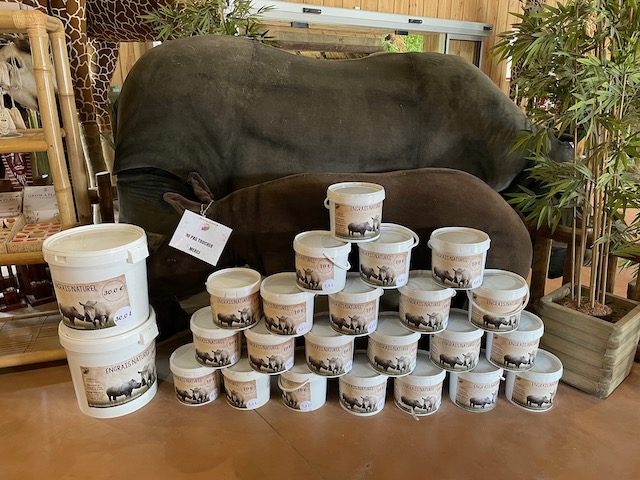
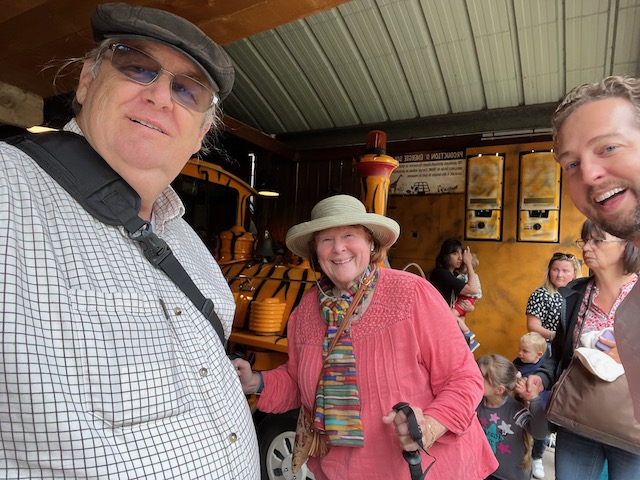
After completing our adventure, we headed back to the Gīte for dinner and the reveal of what would happen the next day.
